Someone’s appreciating her home on the road. (All photos by Sophie Hutchinson)
Enormous palms, hungry crocodiles, deep river crossings and more red dust than you could ever possibly imagine. WildArk founders Mark and Sophie Hutchinson took their family on a 2500km 4×4 journey across some of the most remote wilderness in Australia!
The journey covers a mix of paved, partly paved, off-road and serious 4×4 track that showcases a cross section of fascinating Aussie ecosystems. From the reef habitat of Cairns, through to the dense rainforest of the Daintree, the vast river systems and wetlands of Rinyirru (Lakefield) National Park, to inland tracts of Eucalypt and Paperbark woodlands before eventually reaching the grasslands of Central Cape York.
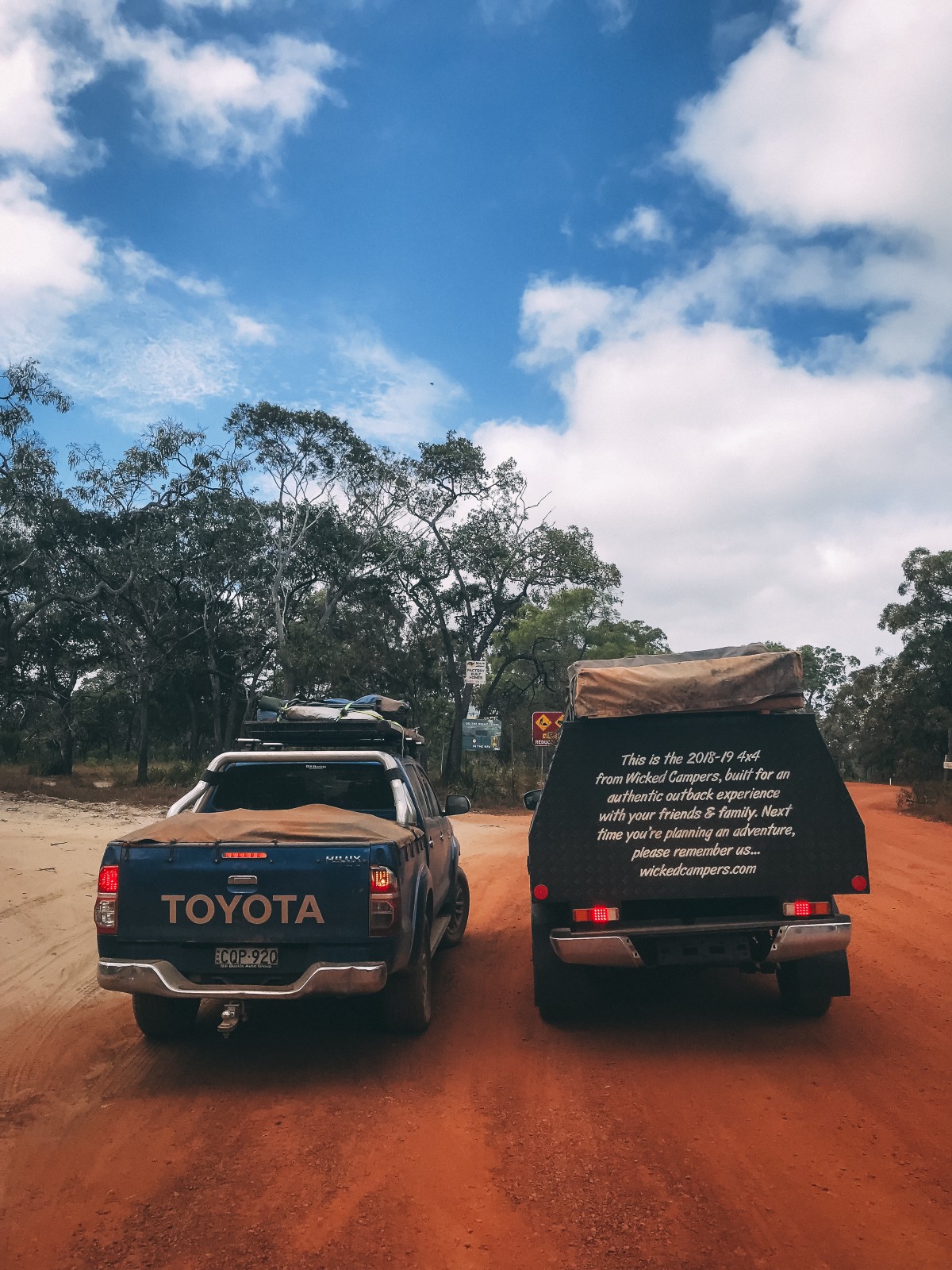

We brought our own vehicle and hired a Wicked 4×4 rooftop camper.
From $7 camping per day this was a very affordable family holiday and a great way to get the family out into the bush and experiencing indigenous Australia.
“We wanted to broaden our kids’ experience of Australia and it was wonderful to see a mix of indigenous culture, cattle stations, conservation, camping and tourism all mixed together. Our girls had a really positive experience of indigenous Australia and it was a great cultural, natural and family experience.”
Cairns to Cape York 4×4 7 Day Itinerary
This is a great camping, fishing, conservation-minded holiday that will get your family out into the bush to see some of remote Australia.
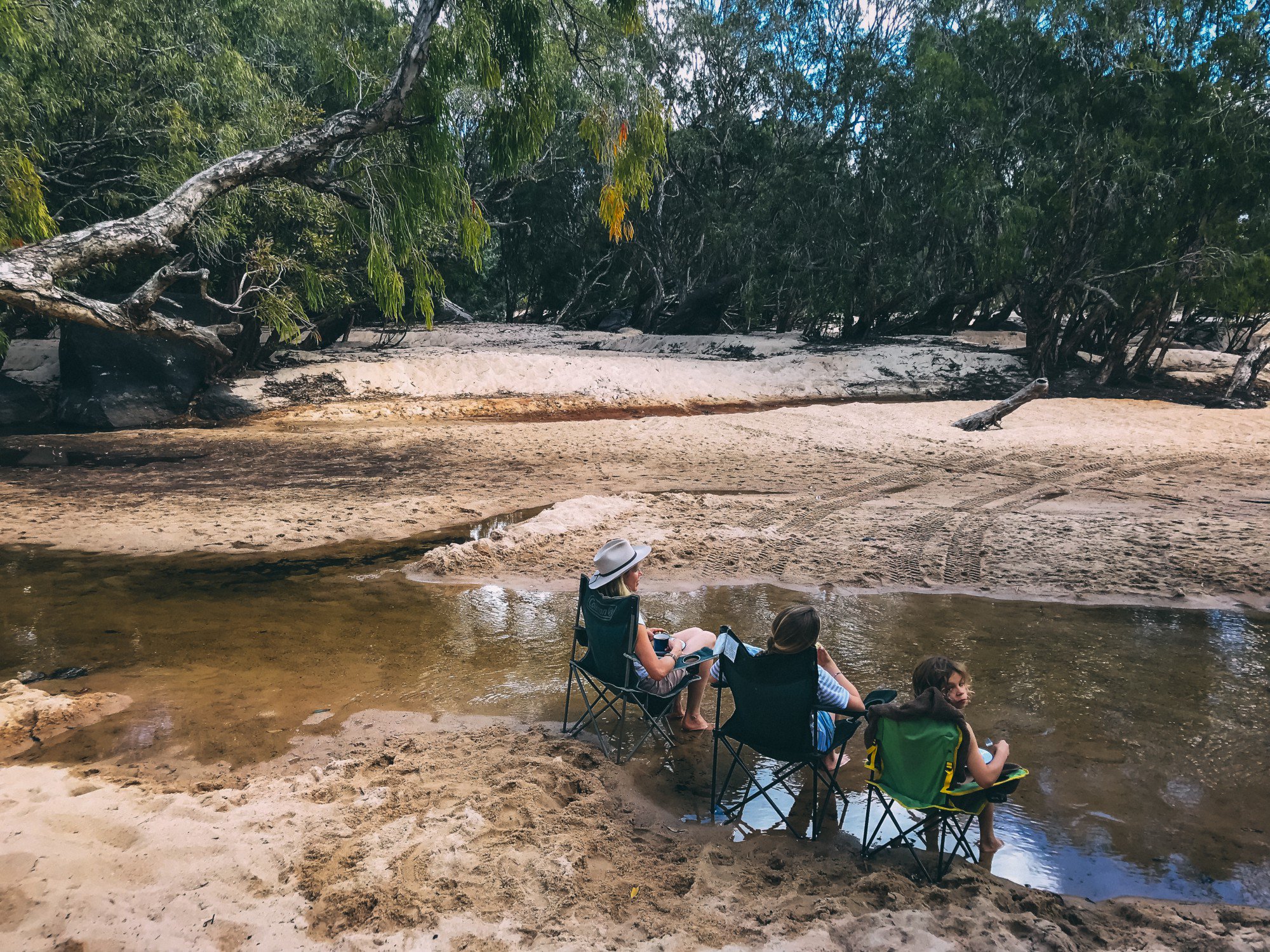
The girls enjoying some relaxing river time.
Day 1 — Cairns
We spent our first night in Cairns (but Port Douglas is another great option), dinning on beautiful local seafood and soaking up the balmy tropical night of Queensland’s biggest city. Depending on whether you have your own car or not, there are camper vehicle hire options to take you through to the Cape. We chose to have our own vehicle as well as to hire a rooftop camper. These are great for people who aren’t experienced at towing a trailer and are a comfortable sleeping option being up off the ground and away from snakes and spiders.
Day 2 — Daintree
We spent our second night in the Daintree which is only a couple of hours drive from Cairns and includes crossing the Daintree river on a barge.
There are a several camping and inexpensive accommodation options here, as well as more luxurious places! The highlight of our time in the rainforest was seeing both a pair of Eclectus parrots and a Cassowary with chicks, both very unique North Queensland species
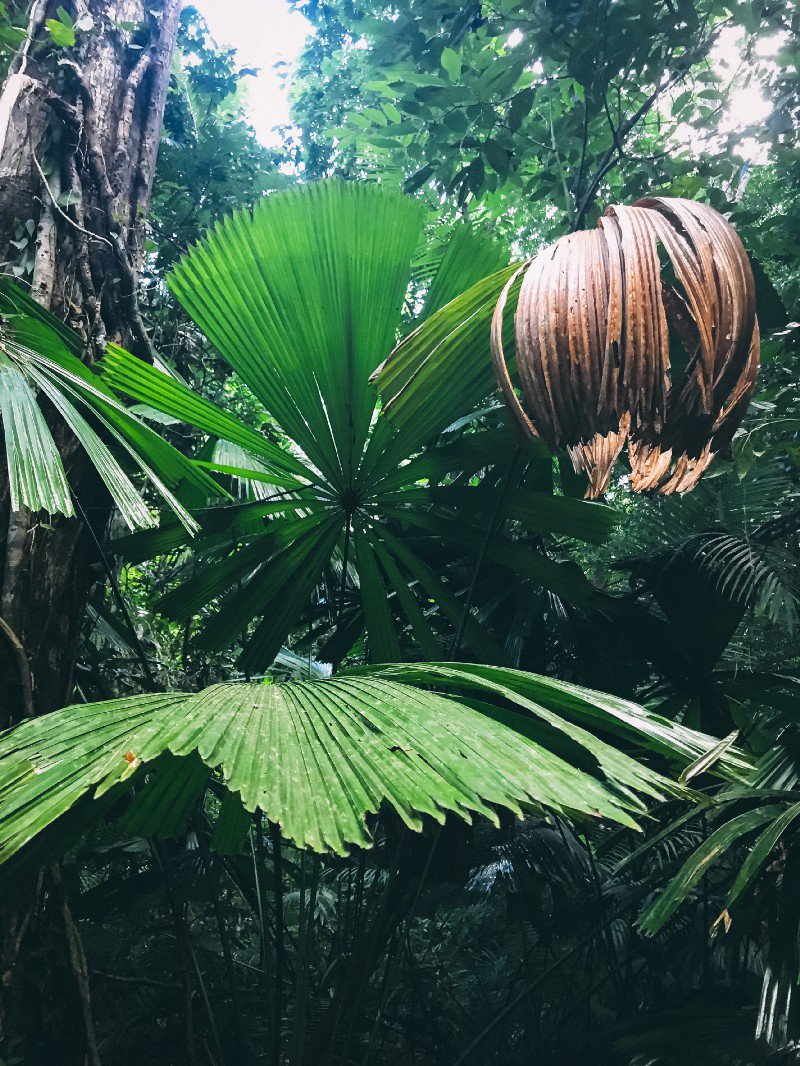
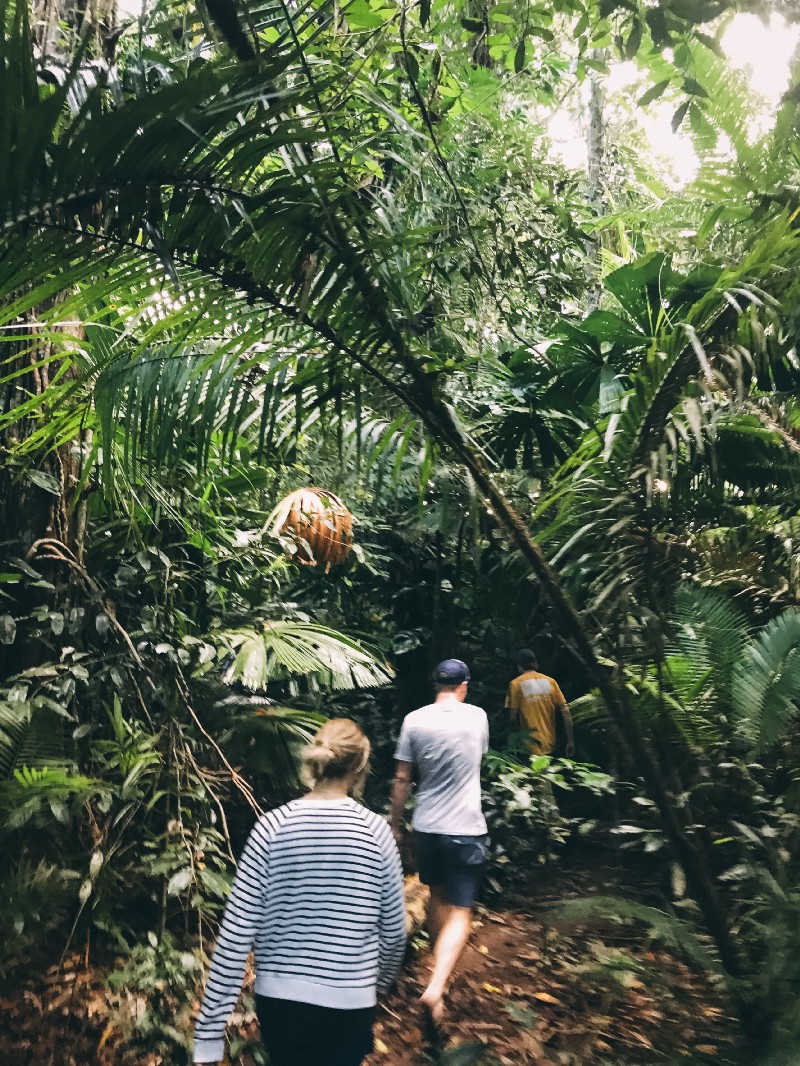

Exploring the Daintree Rainforest.
“Setting up camp, sitting around the fire, going to sleep under the stars and waking to the morning chorus of Aussie birds were the things that made this trip so special.”
Day 3 — Cape Tribulation and the Bloomfield Track
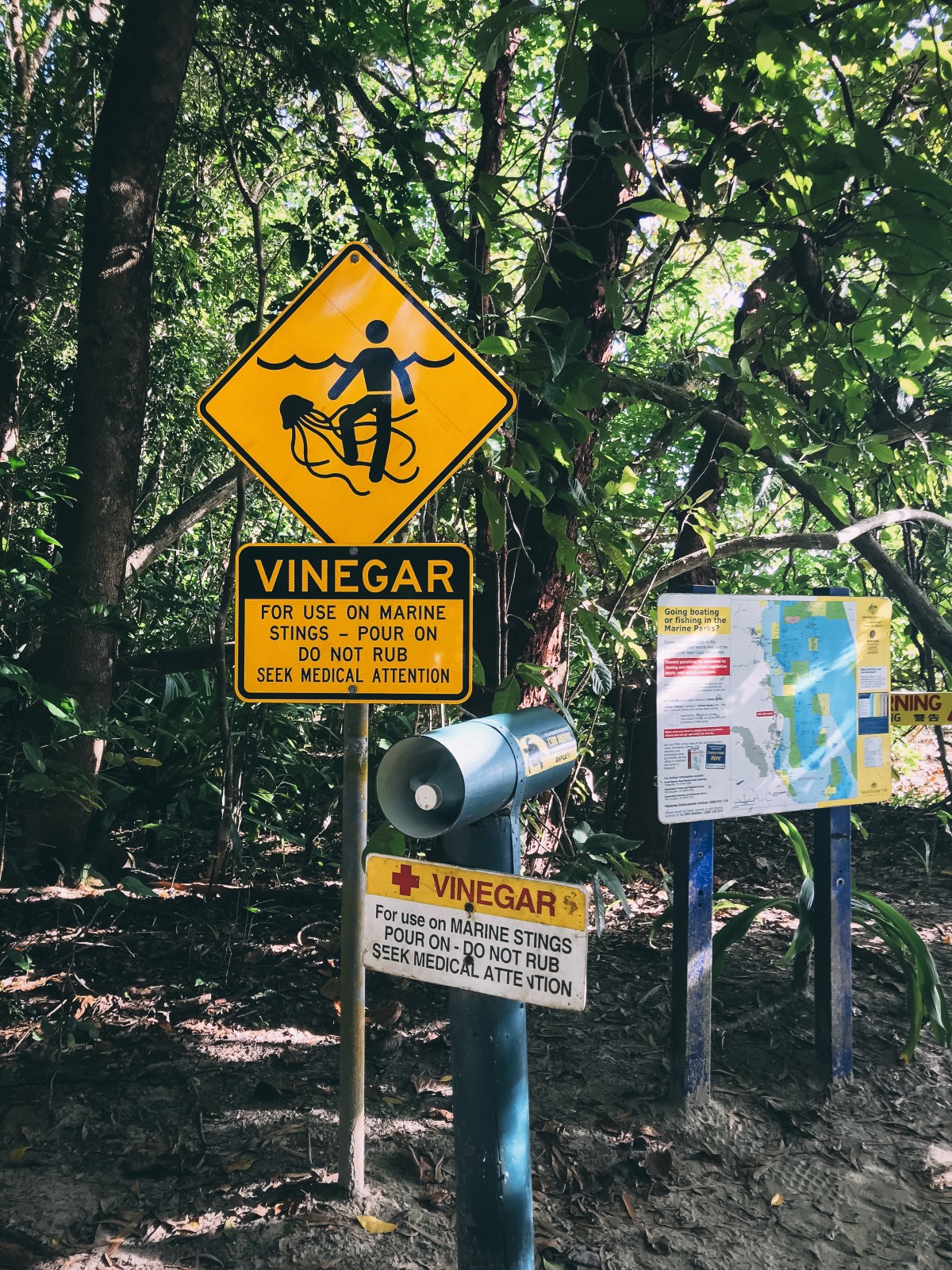
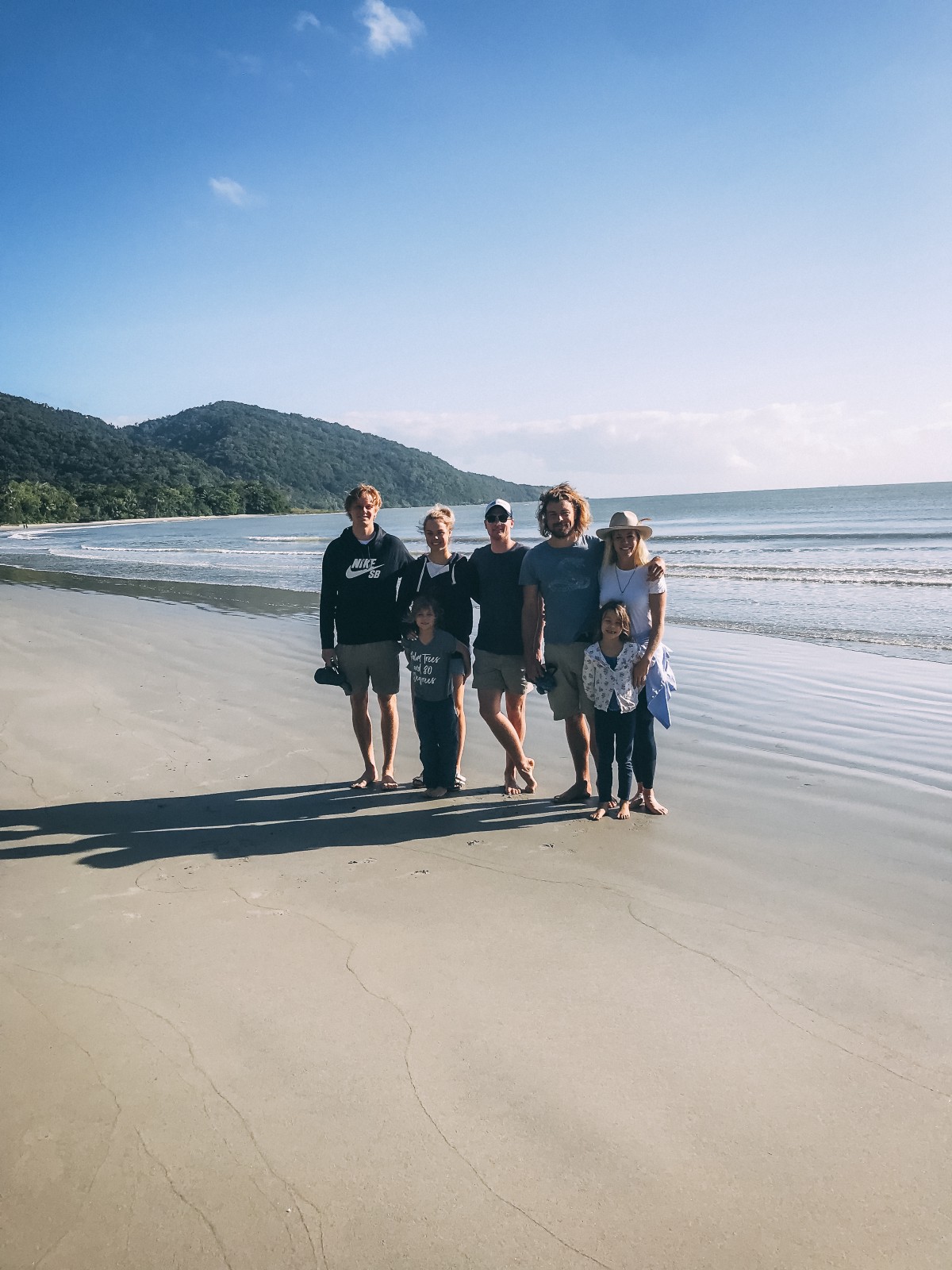
Lots to watch out for as our family arrives in Cape Tribulation.
The next day was an easy 4×4 drive along the Bloomfield Track that connects the Daintree to Cooktown with lots of river crossings. This is a beautiful area where rainforest meets the reef and it only takes a few hours.
We stayed in Rinyirru (Lakefield) National Park that night where there are dozens of campsites and is a favourite stop for fishing enthusiasts, as it’s a great place to catch a Barramundi! Rinyirru National Park is one of the larger national parks and is teaming with Saltwater Crocs, Wedge-Tailed Eagles, Rainbow Bee-Eaters and Agile Wallabies. It is extremely picturesque with its Paperbark and Rainforest fringed river systems.
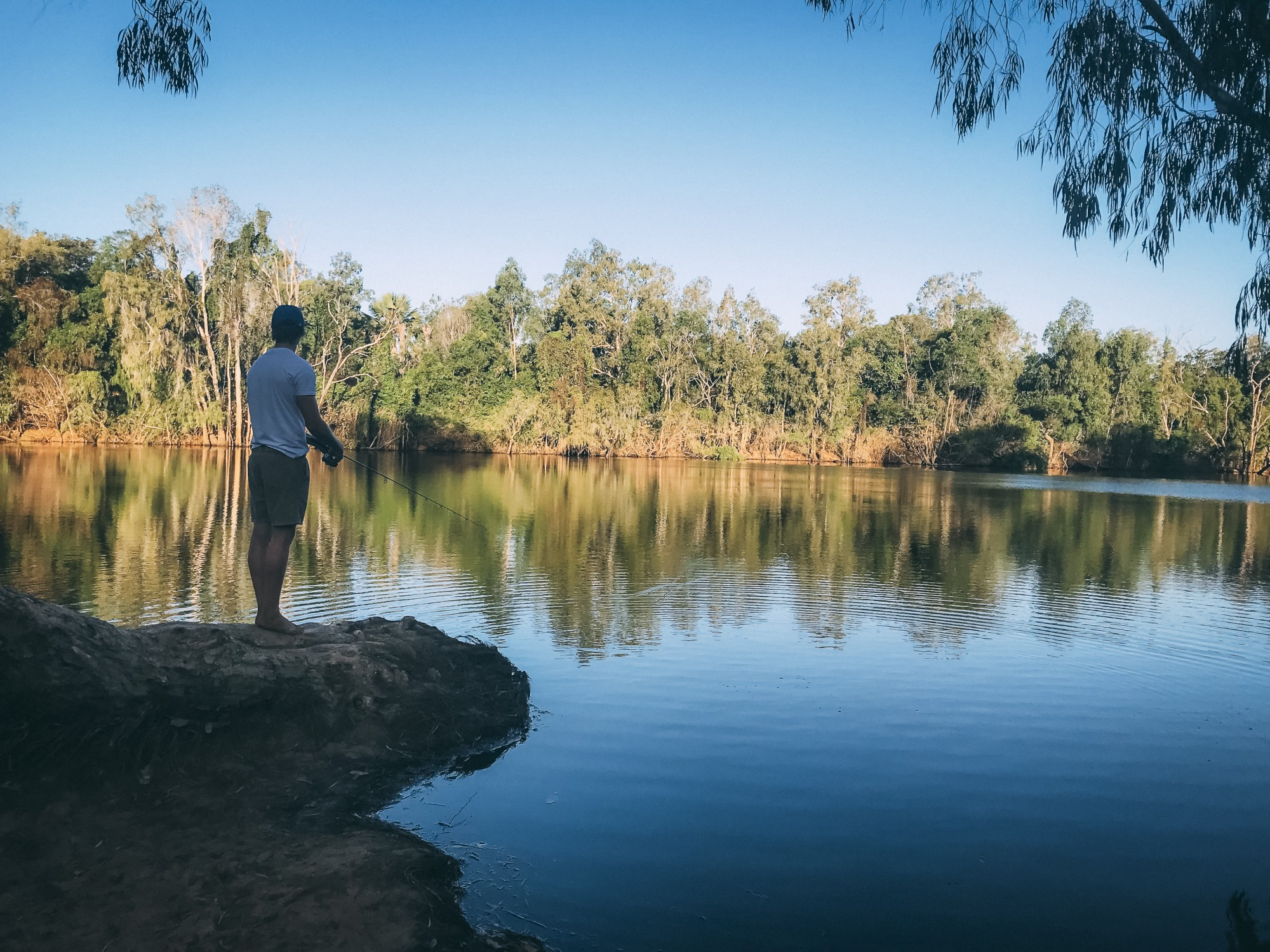
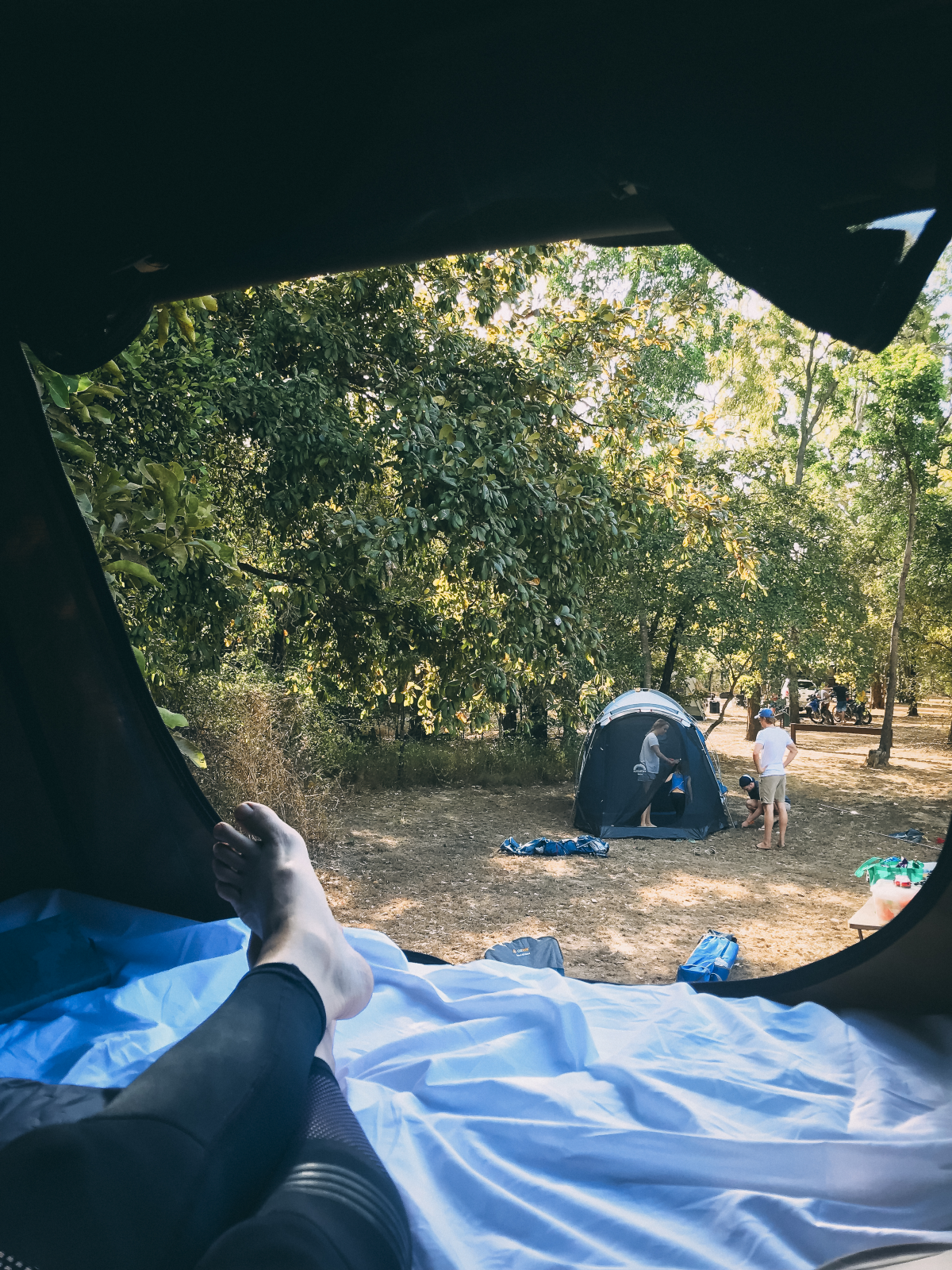
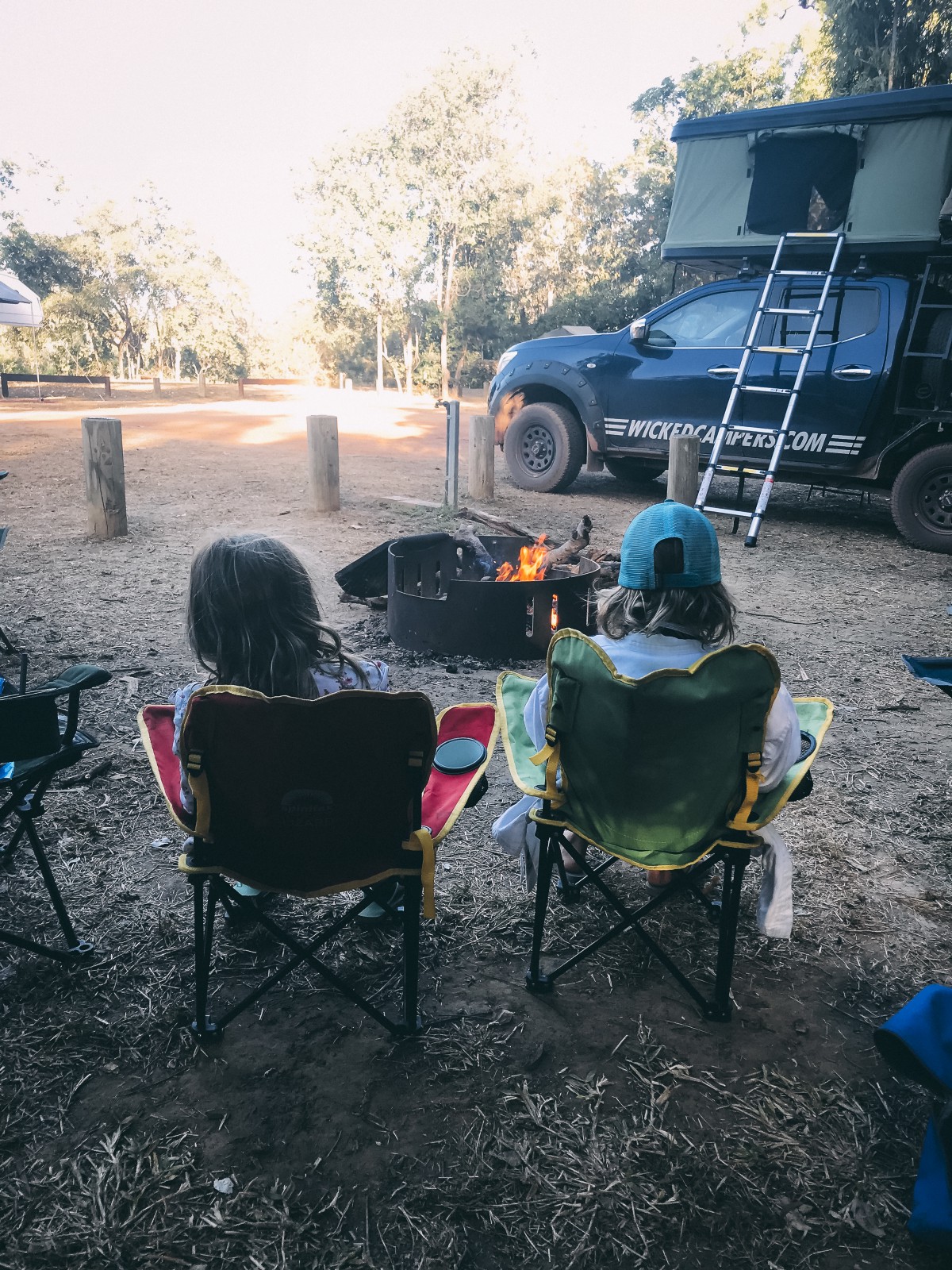
Fishing and camping in Rinyirru National Park.
Day 4 — Central Cape York
We drove to Archer River on Day 4 and were really getting into Central Cape York territory. The landscape changed remarkably with very dusty, dry Eucalypt Forest, typical of Central Cape York. Here we passed massive termite mounds (2–3 meters high) and we saw so many birds of prey including Black and Whistling Kites, Brahminy Kites, highly endangered Red Goshawks , Wedgetail Eagles and Kestrels. All in all we saw ten different raptors as well as Goanas and Frilled Neck Lizards. We finished in Archer river where there is a beautiful place to swim, the Archer River Roadhouse to have beer and a lovely campground.
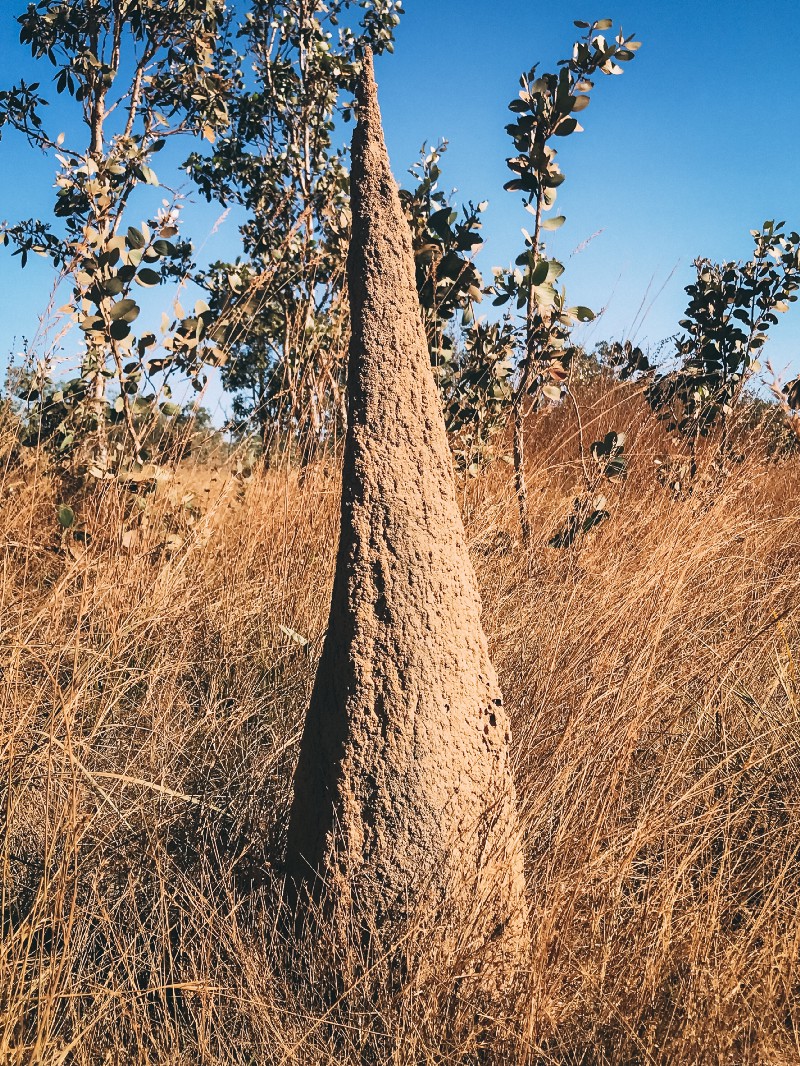
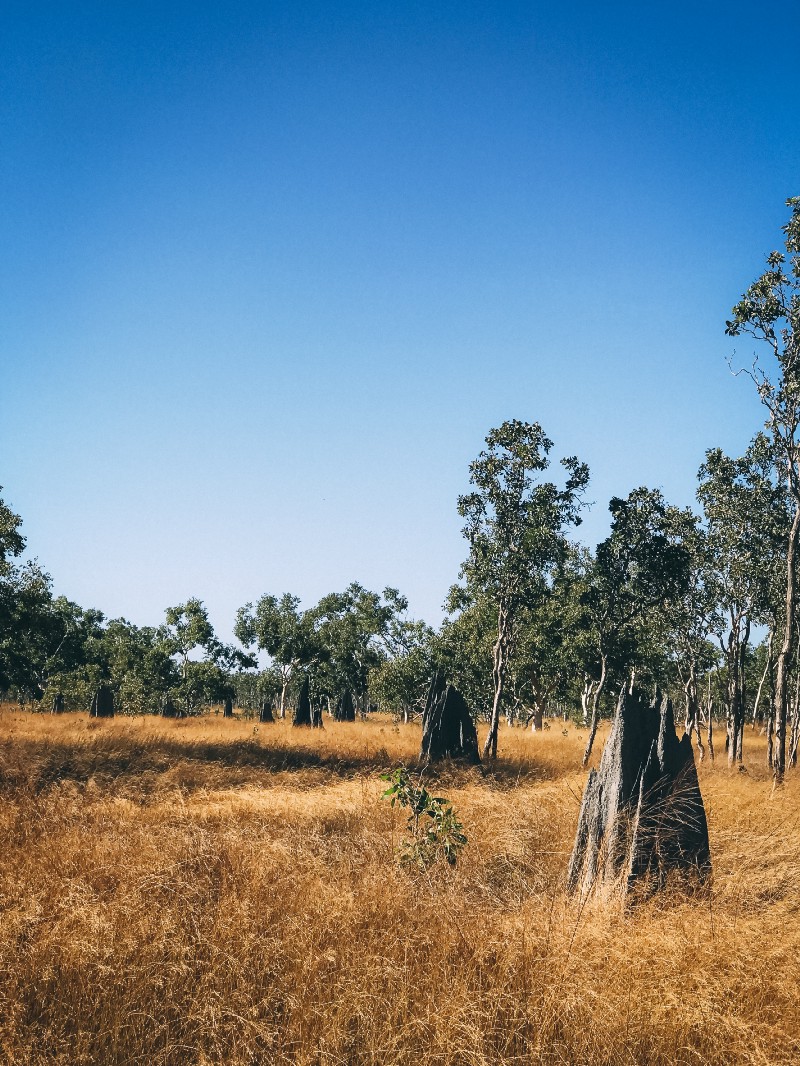
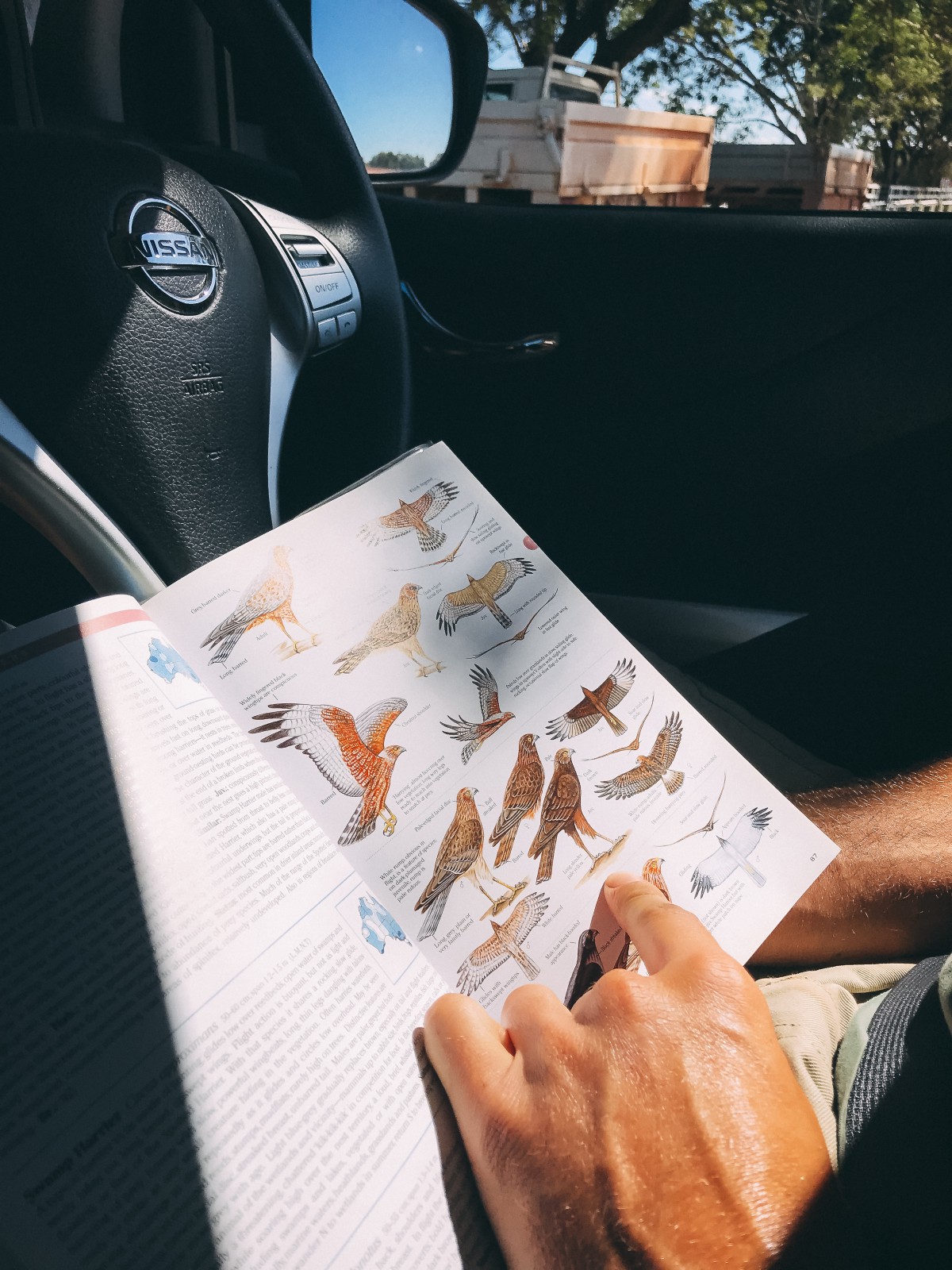
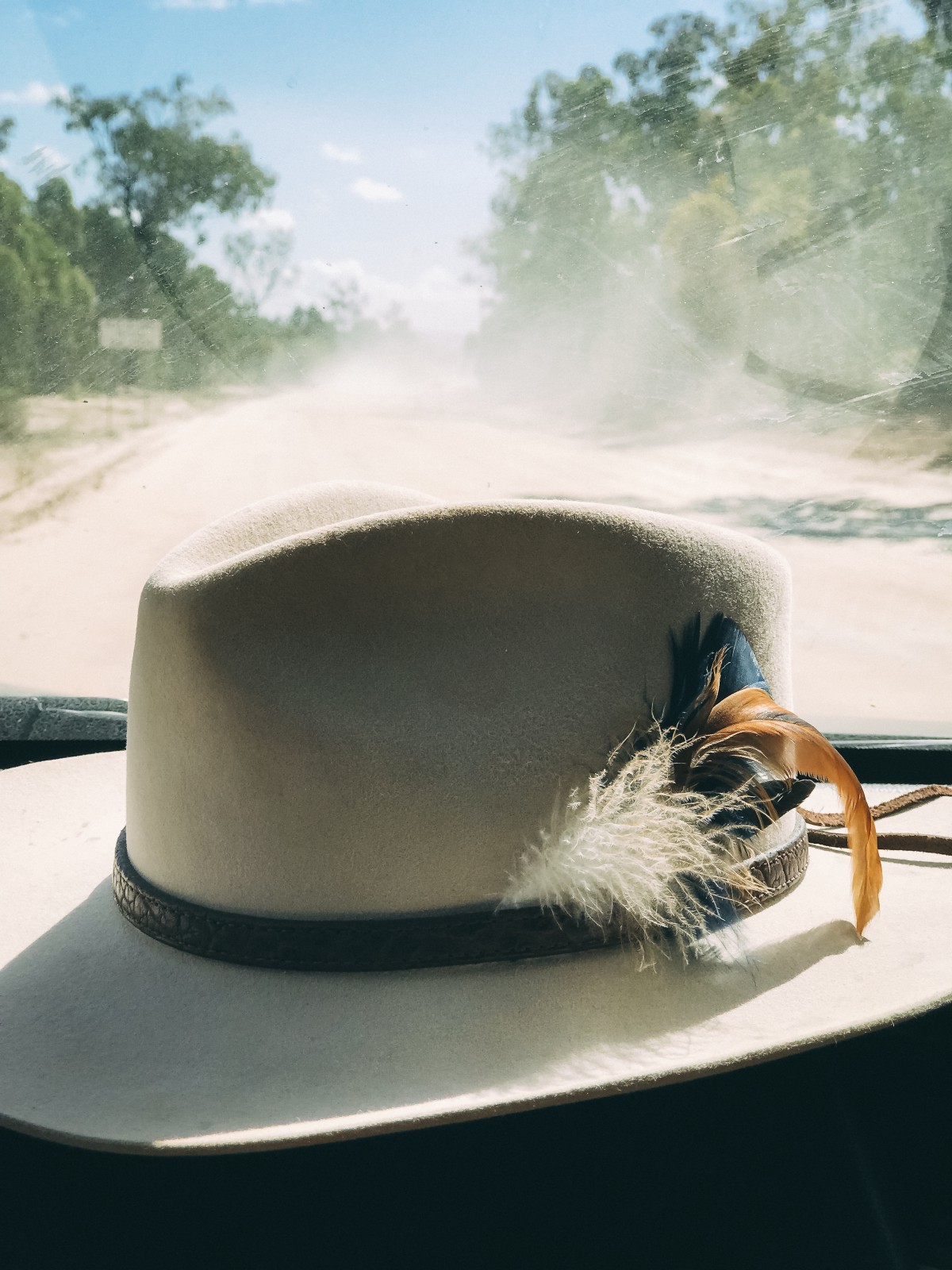
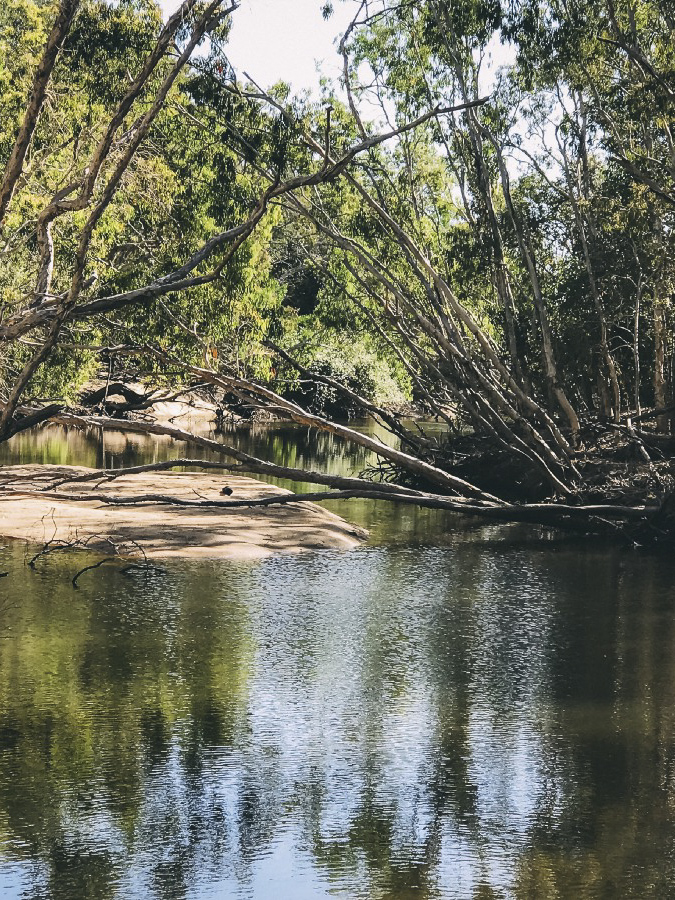
Appreciating the landscape and wildlife of Central Cape York.
“By driving you get a real sense of how vast and diverse our land is and how much it changes along the way. We loved all the vivid colours, changes in vegetation, shapes and sizes of the termite mounds and the surprise sightings of different bird and animal life!”
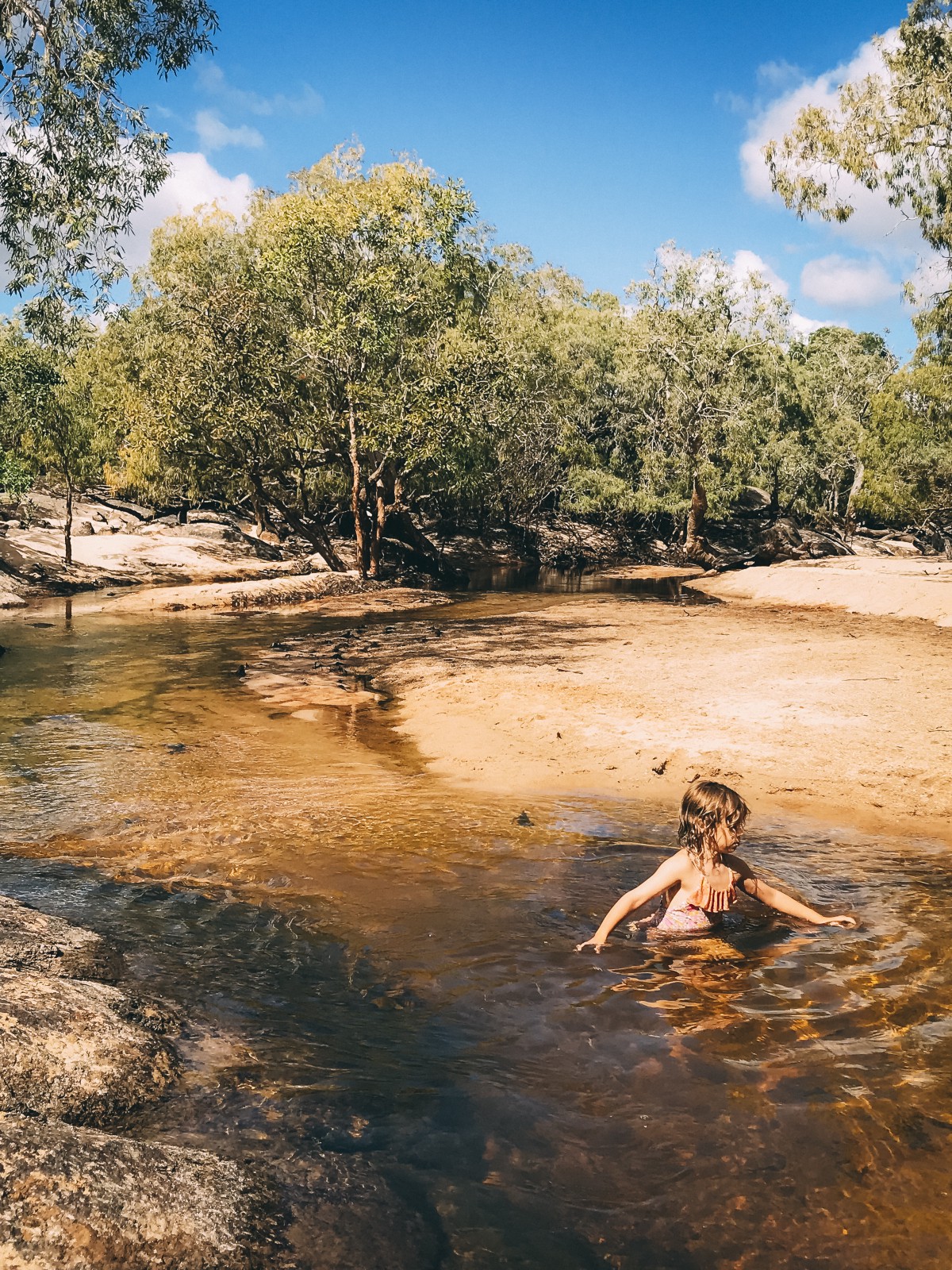
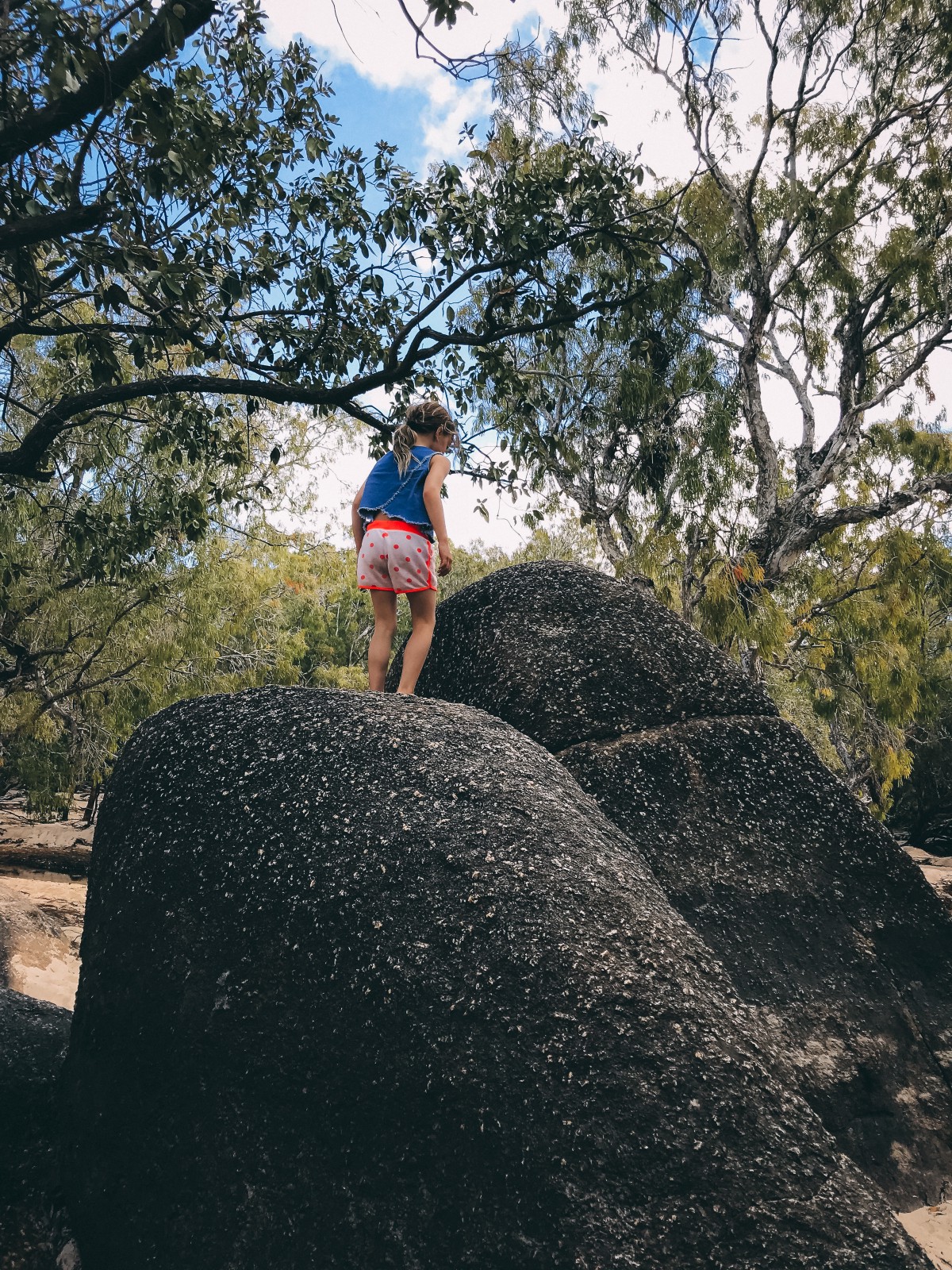
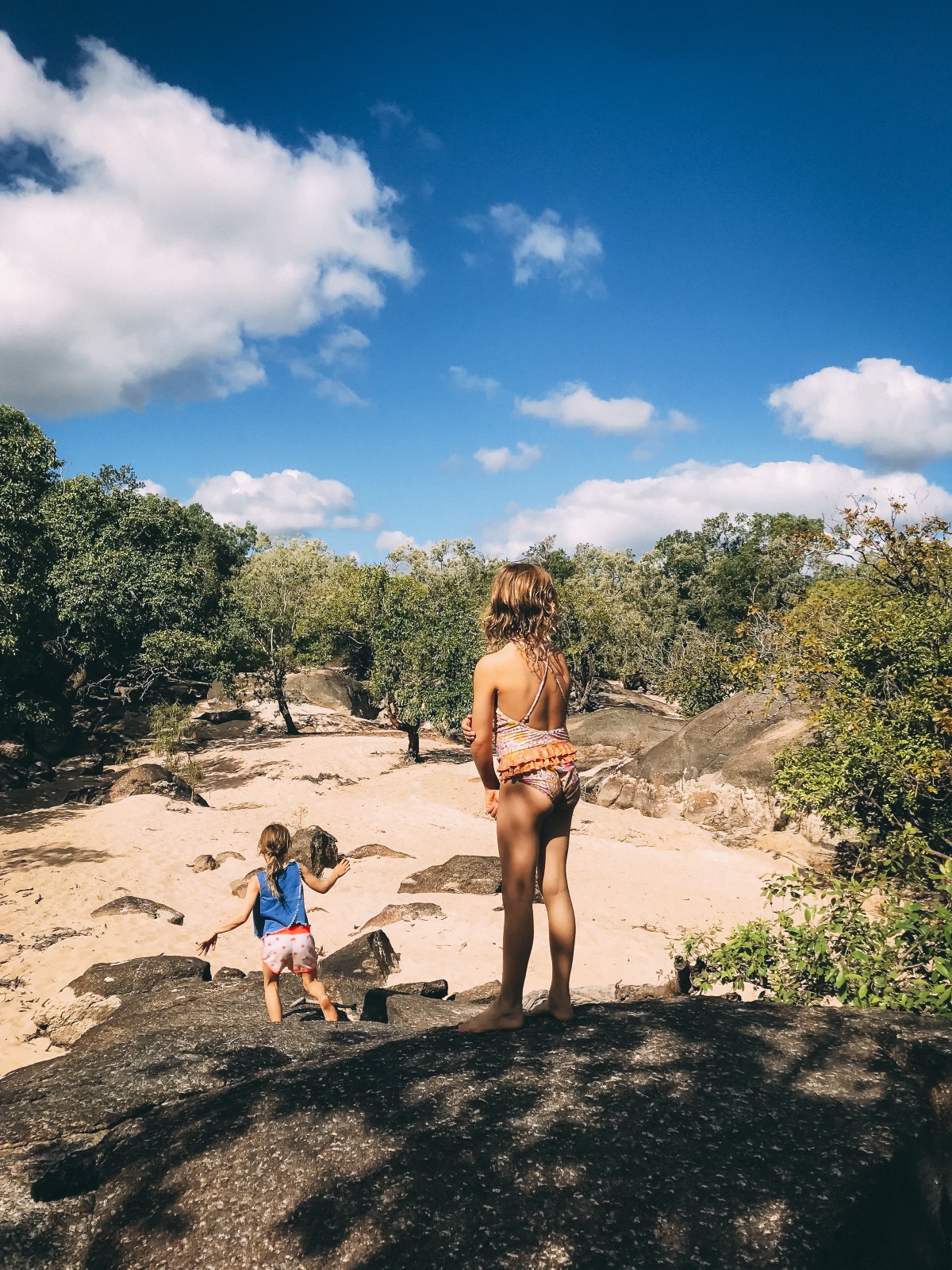
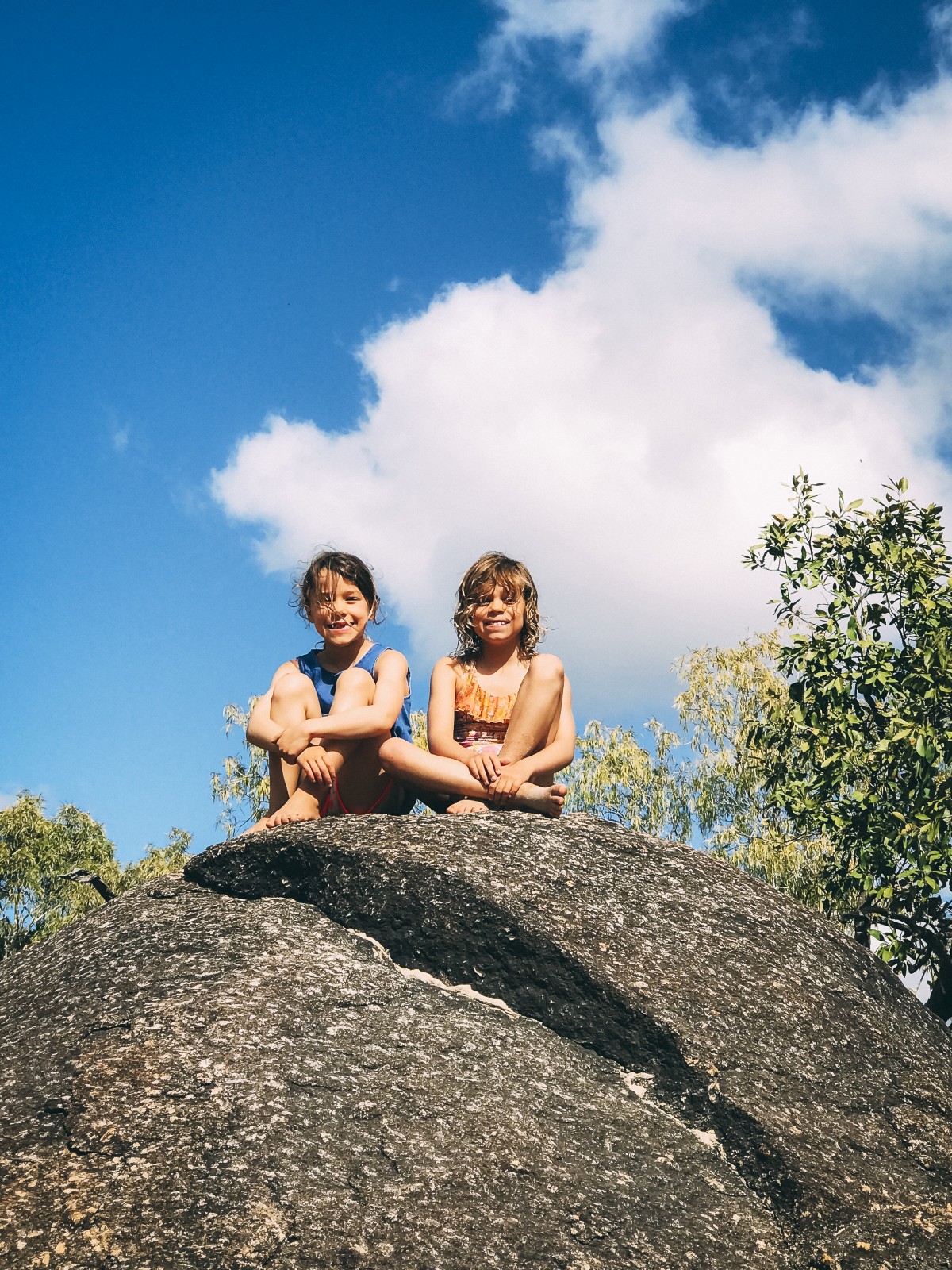
The girls cooling off after a hot day of driving.
Day 5 — Moreton Telegraph Station
Driving through Central Cape York gave us good insight into some of the initiatives taking place in a region of global conservation significance.
Most notably is the Australian Wildlife Conservancy’s Piccinniy Plains covering 420,000 acres. The property boasts outstanding ecological diversity with rainforest, woodlands, wetlands and grasslands. It supports over 400 mammals, birds, reptiles and amphibians and 900 plant species, many of which are found only in Cape York.
“What’s interesting about this trip (having been many times over the years) was seeing the slow but ever increasing development in one of Australia’s most remote areas. It was encouraging to see so many conservation initiatives happening all the way up from Cairns to the Tip evidenced by signs for conservancy land along the way.”
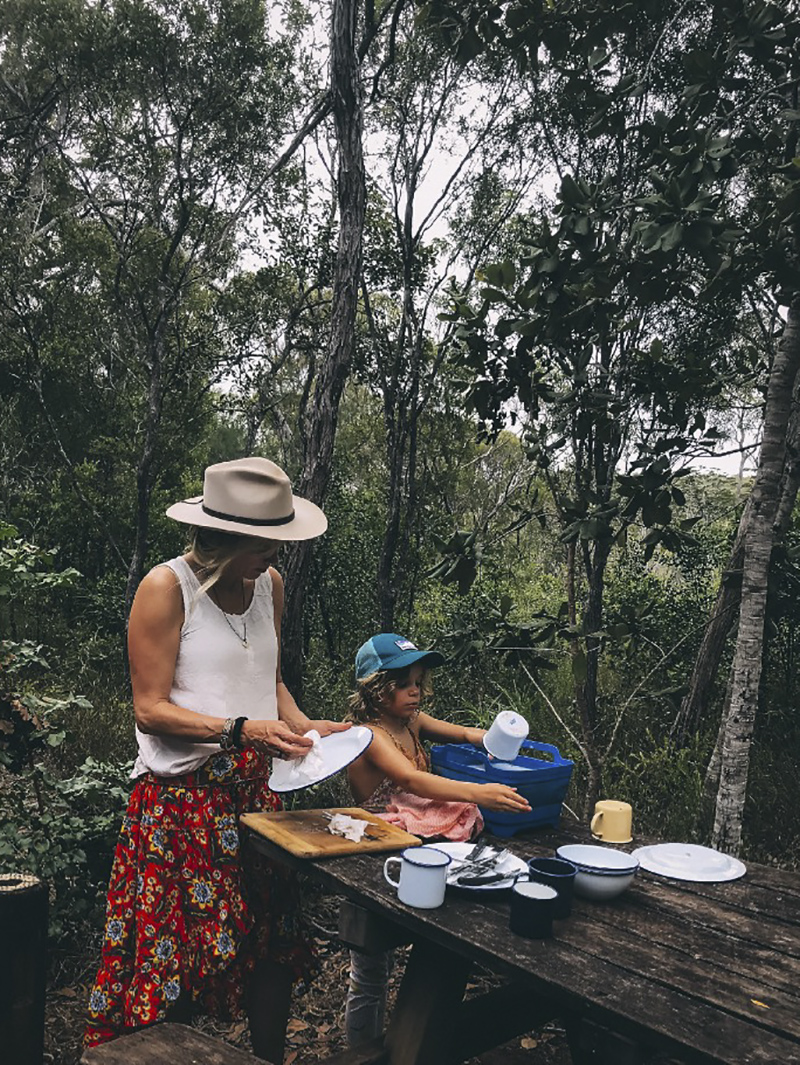
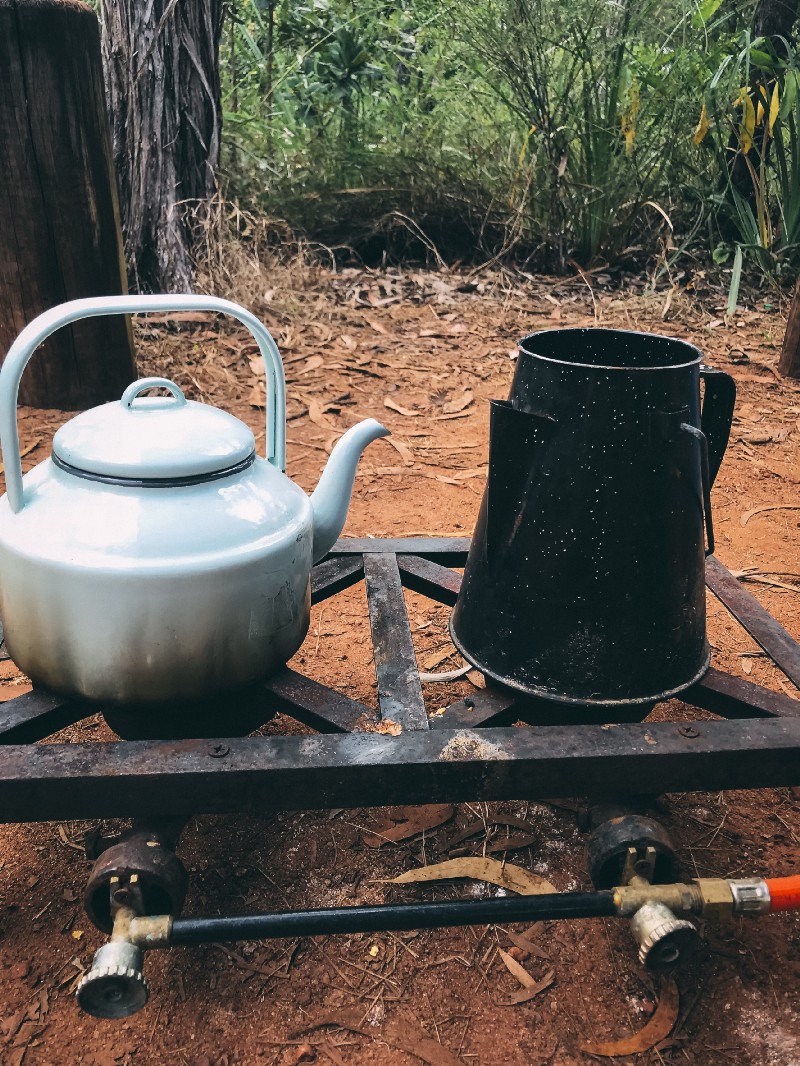
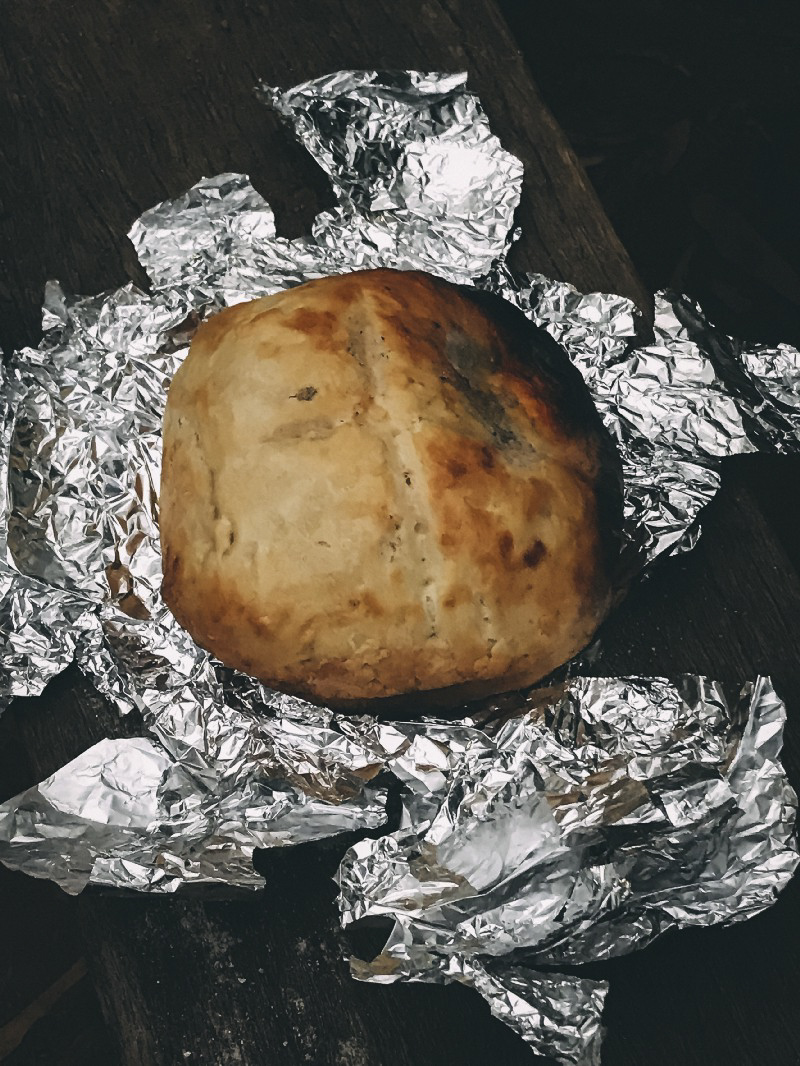
Camp life on Moreton Telegraph Station.
We spent the night on Moreton Telegraph Station (completed in 1887 to provide telecommunication services to the people of Cape York) next to the beautiful Paperbark lined Wenlock River. A spacious clearing provides ample camping space and hot showers! It is another great fishing spot, particularly for young kids and we pulled in a nice ‘Barra’ just on dusk.
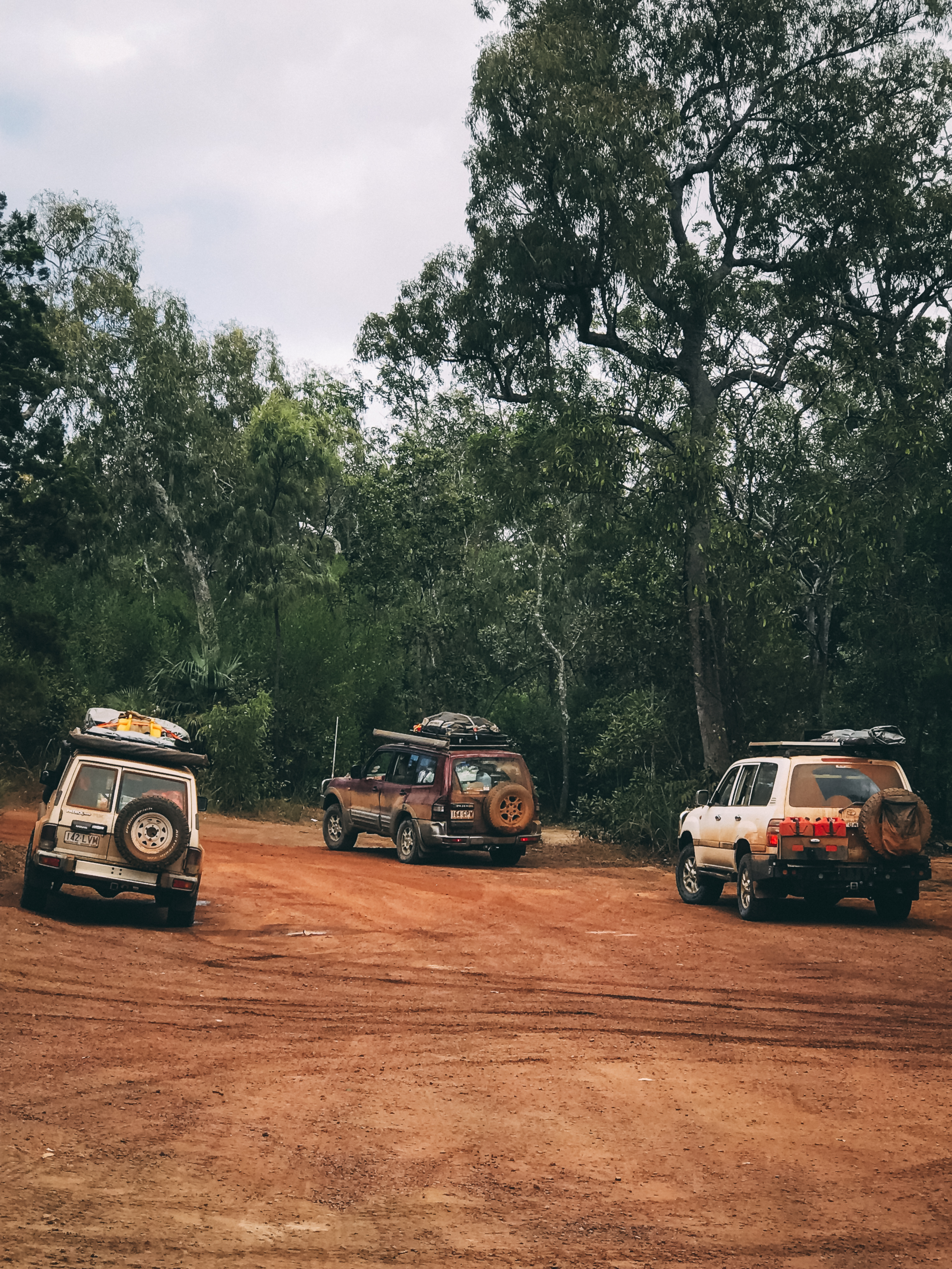
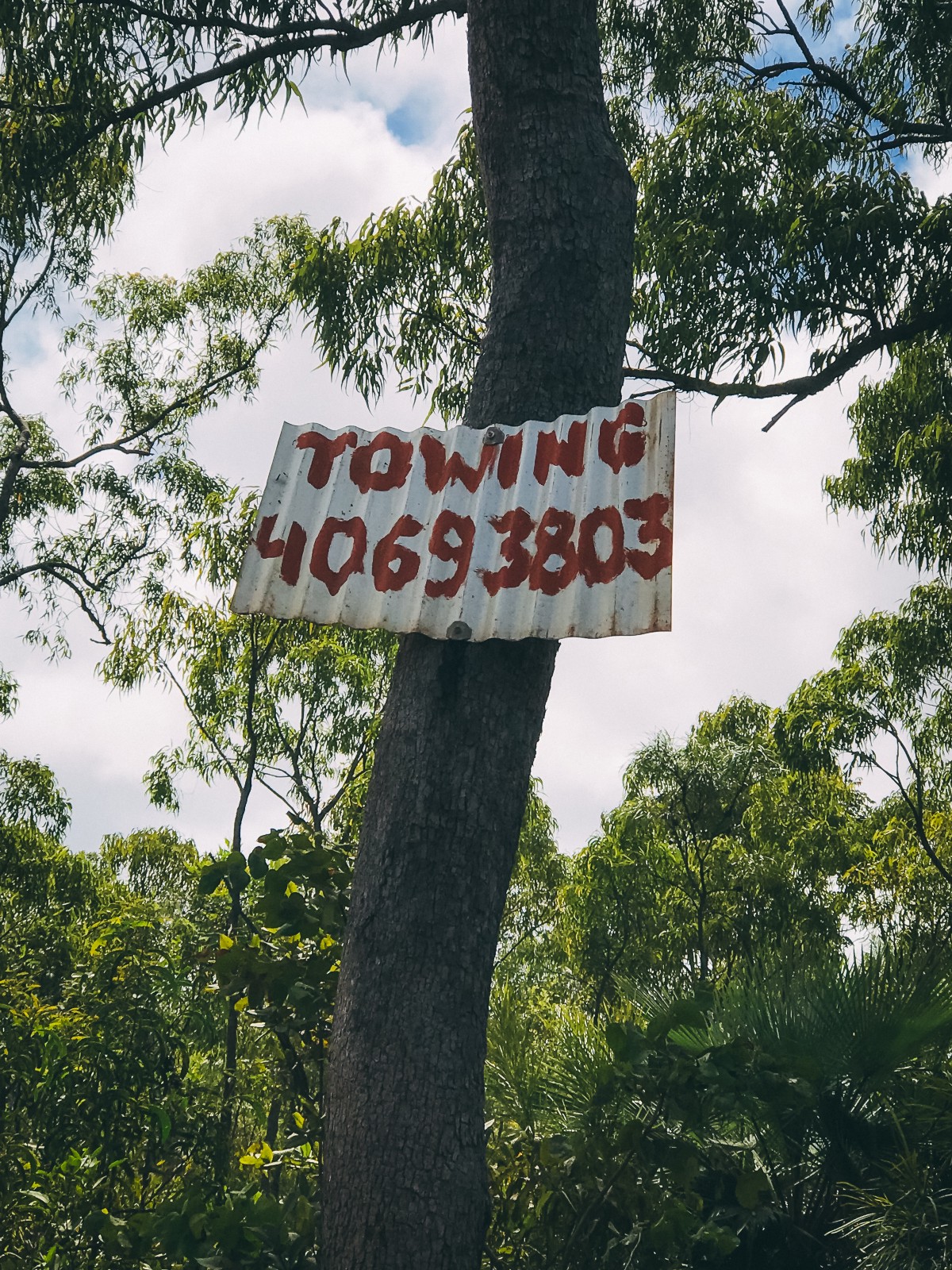
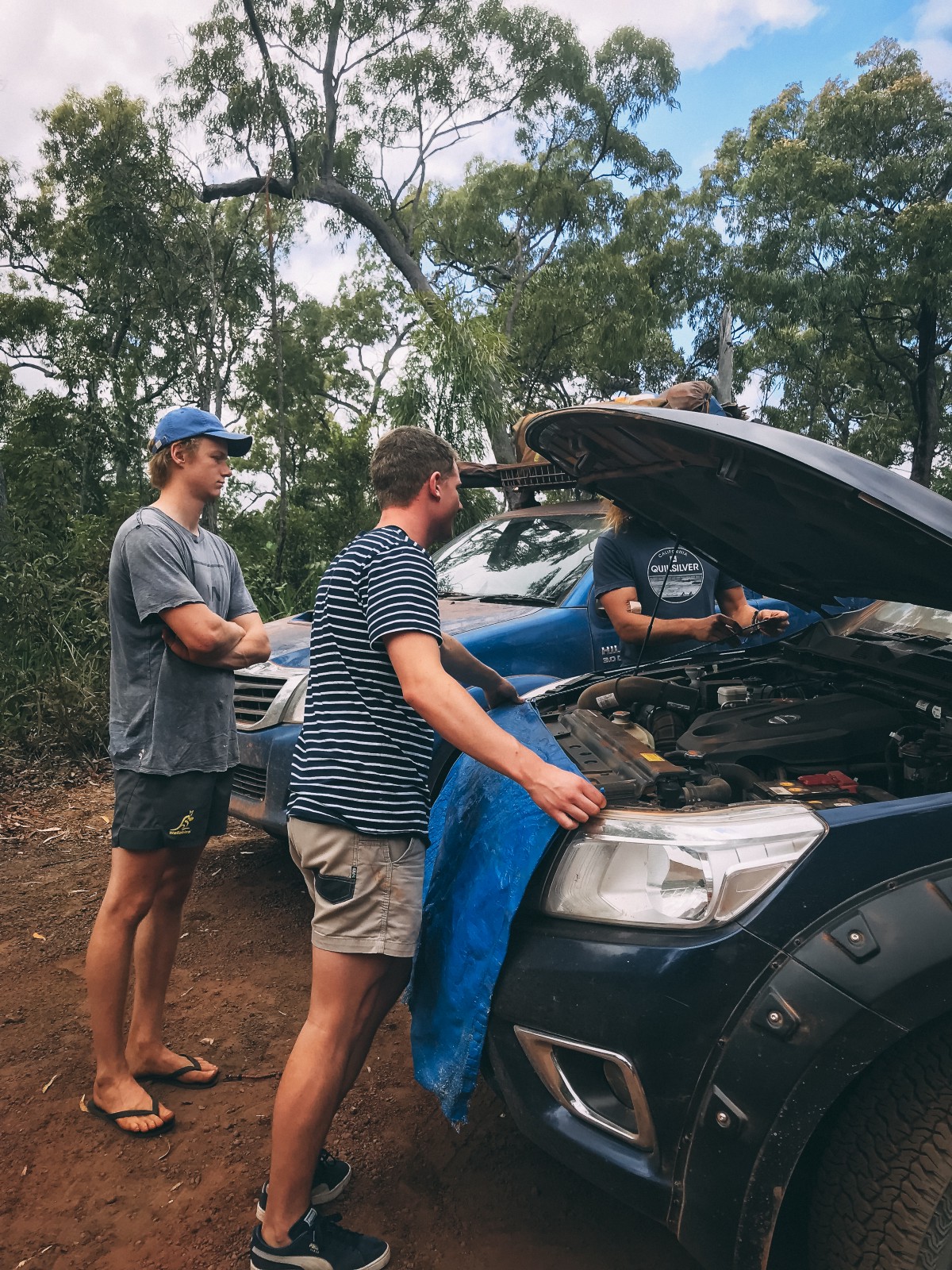
Preparing for vehicles for the Old Telegraph Road, one of the toughest 4×4 routes in Australia.
“One of the best parts of the trip was having no wifi. It meant everyone was more connected and engaged and before you knew it we were playing charades, card games and chatting around the fire. Everyone benefitted.”
Day 6 — The Old Telegraph Road

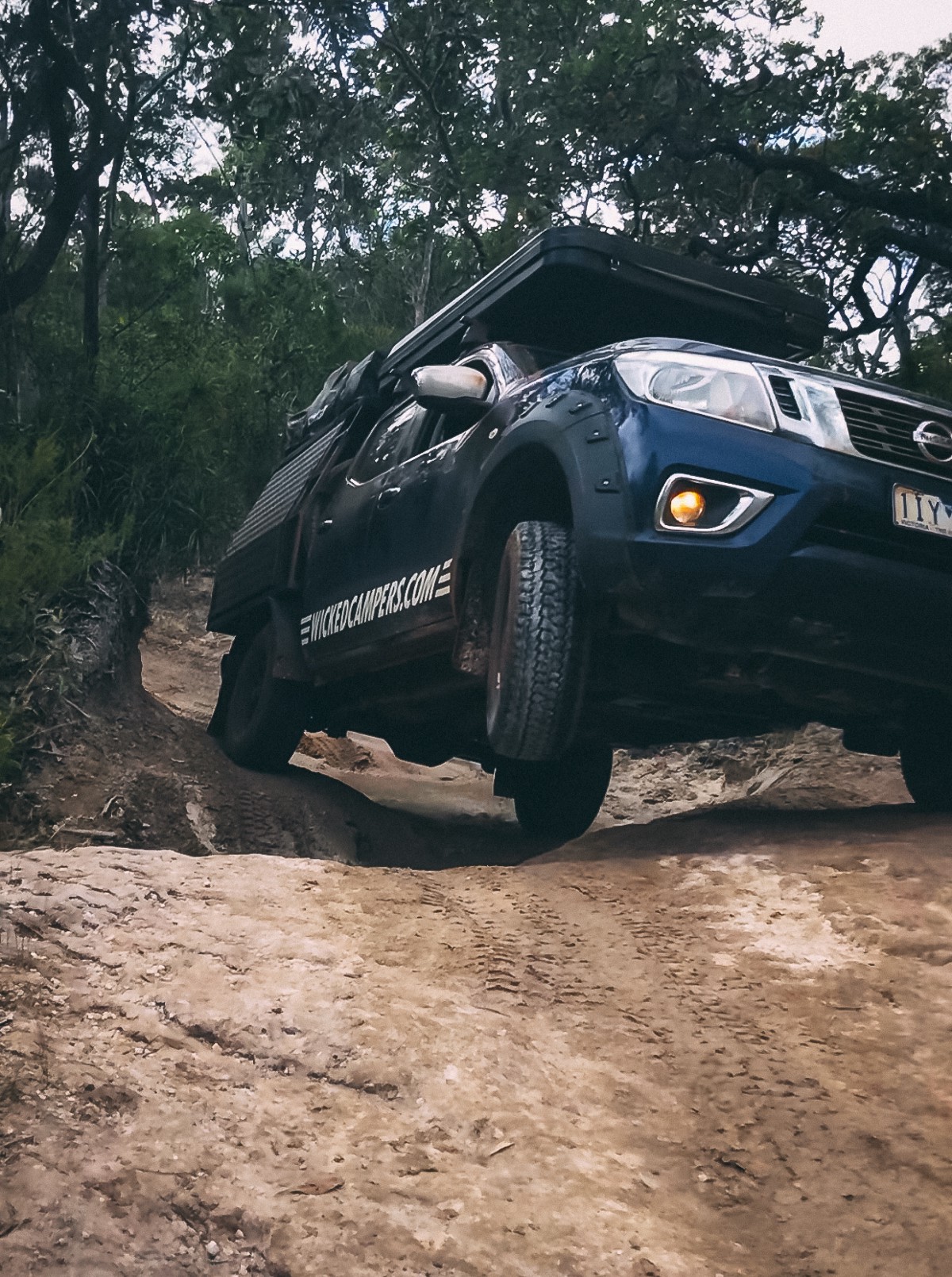
Epic river crossings!
Day six was the highlight of the trip driving parts of the Old Telegraph road. This is a classic Cape York 4×4 track and its very rough and only for the bolder 4×4 enthusiasts (there is the option to bypass the Telegraph). We had river crossings where the water went right over the bonnet of the car and a few close calls where we nearly got bogged.

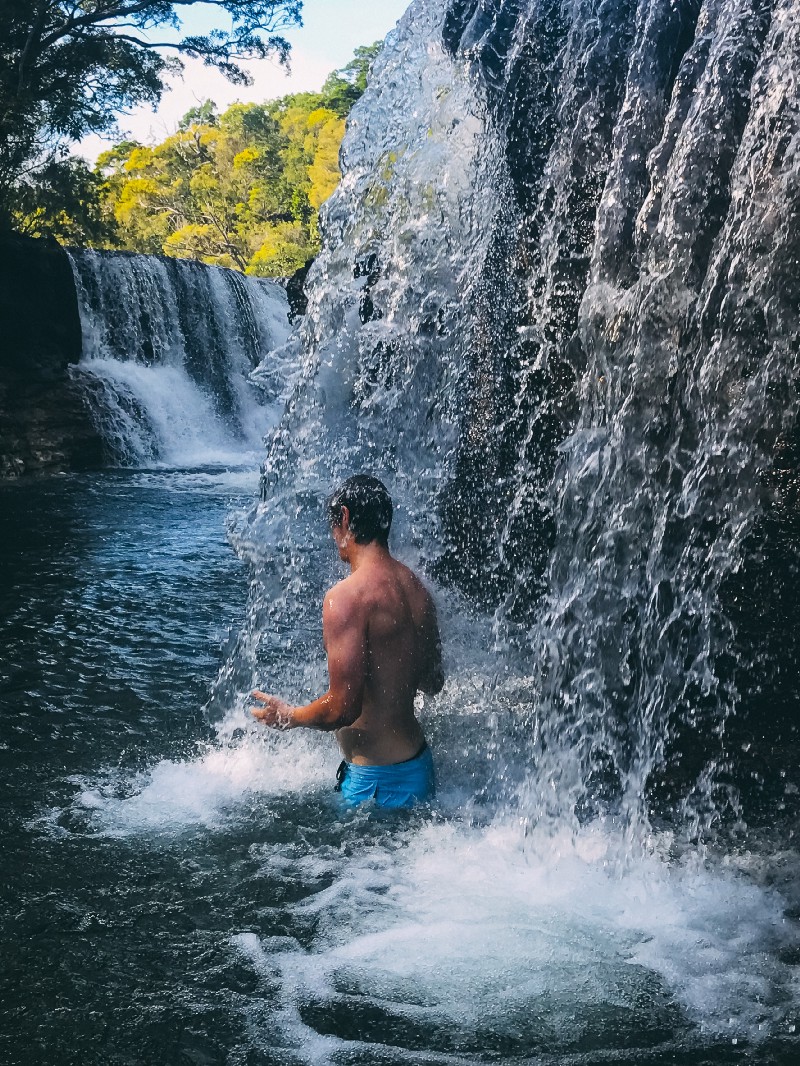
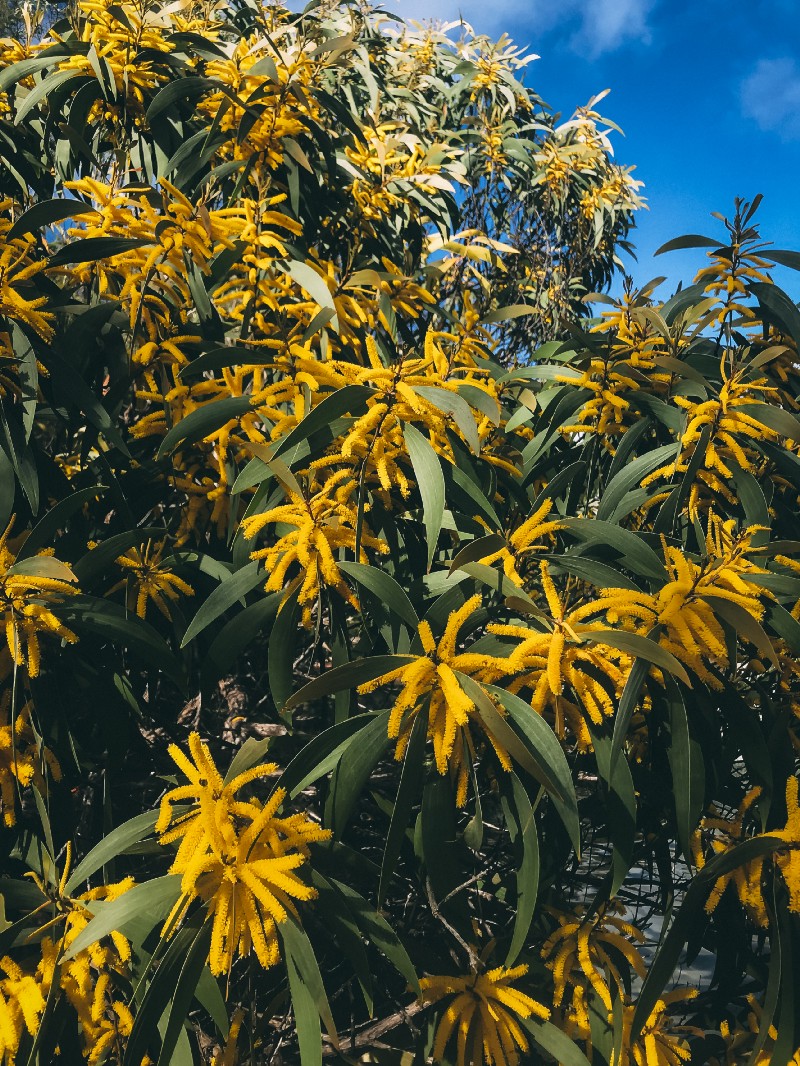
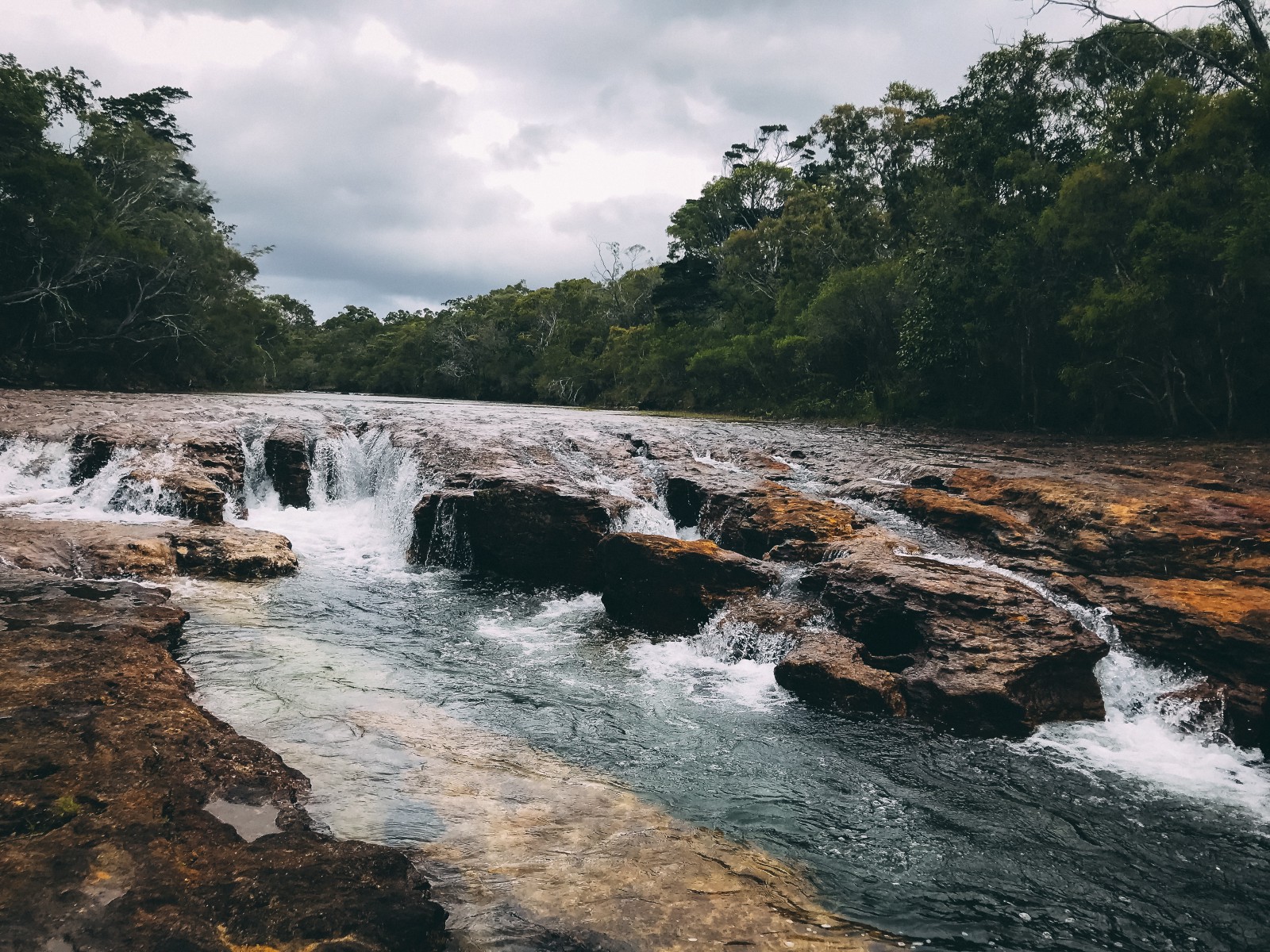
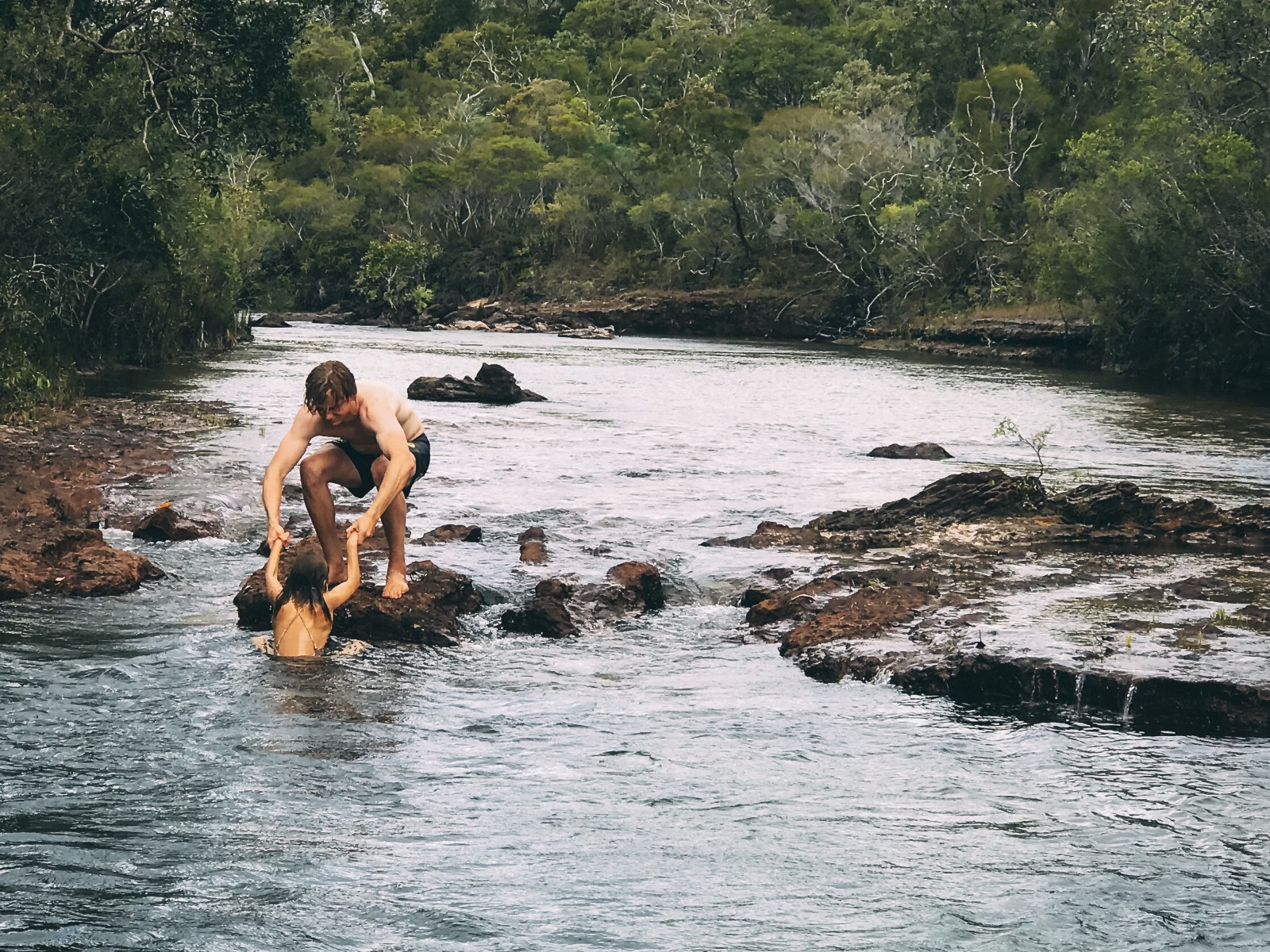
What a place to swim! Elliot Falls in Jardine River National Park.
We spent the night at Elliot Falls in the Jardine River National Park and this was the kids favourite! Elliot falls has epic swimming spots with crystal clear streams and a lovely campground.
“Everyone had to pull together as a team to make things happen, whether that be setting up the camp, cooking the meal, cleaning up or getting water. Life on the road means getting back to the basics!”
Day 7 — The Tip
It was a few hours drive to the Jardine river, the last major river before the top. You need to get the barge across the river to reach the two major NPA land communities in the North, Seisia and Bamaga. We spent a few days in Seisia, looking north of New Guinea, fishing the inland coastal waterways (epic Snapper, Salmon and Barra), culminating with the final trek to the very tip of Australia.
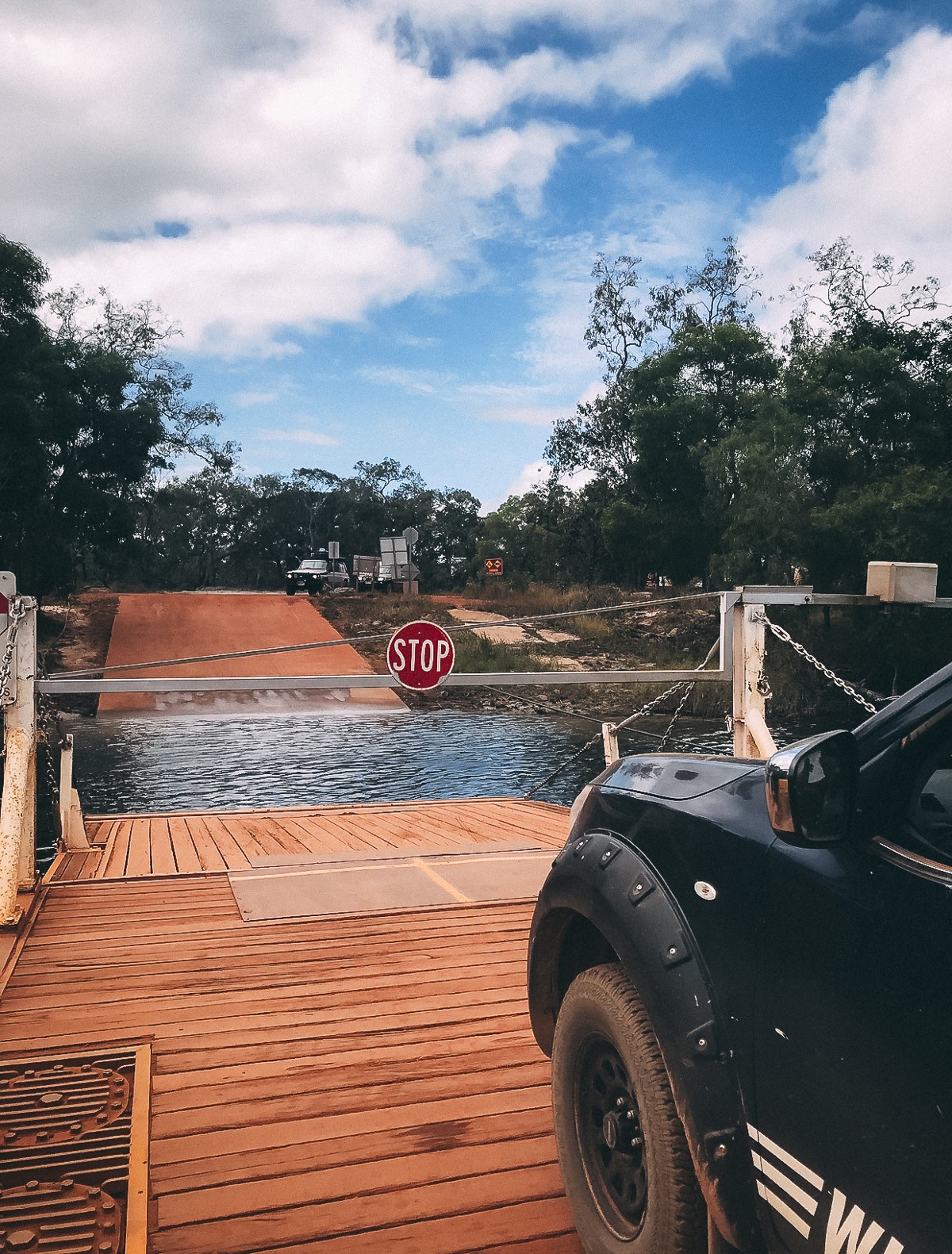
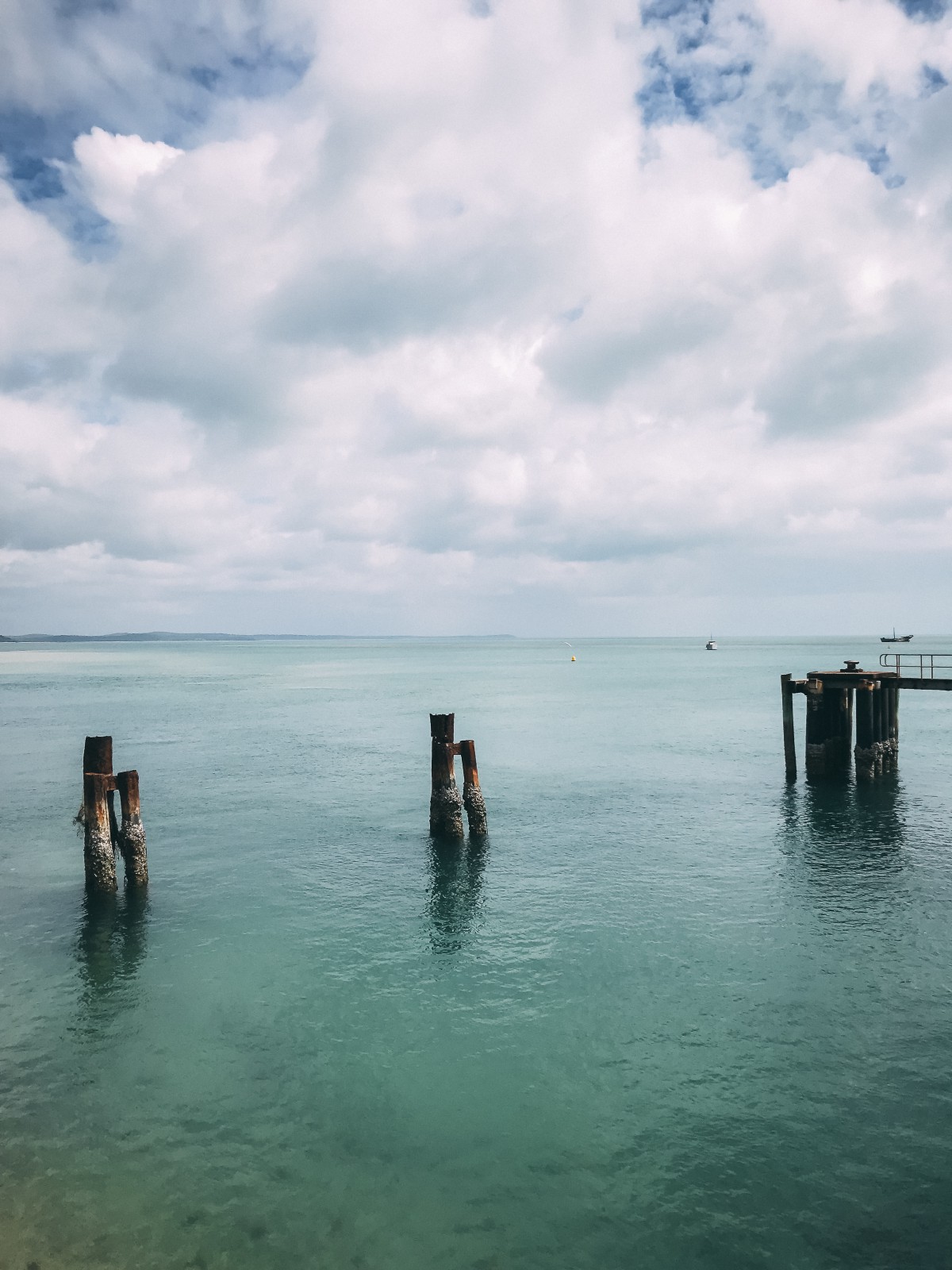
Crossing the Jardine River.
“Australia is such a beautiful country and this trip reminded us of just how beautiful it is! When we arrived at the tip, looking out to sea we felt a deep sense of appreciation to call this incredible place home!”
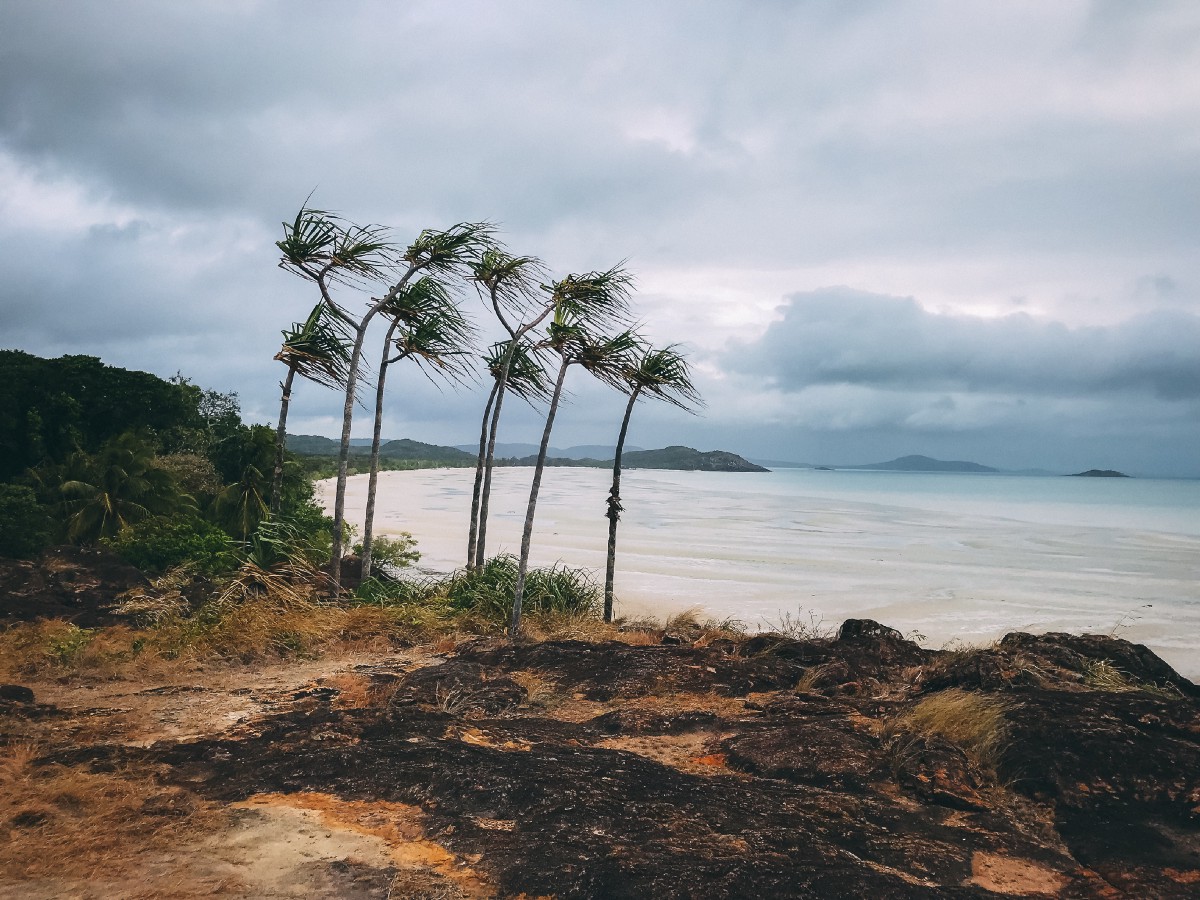
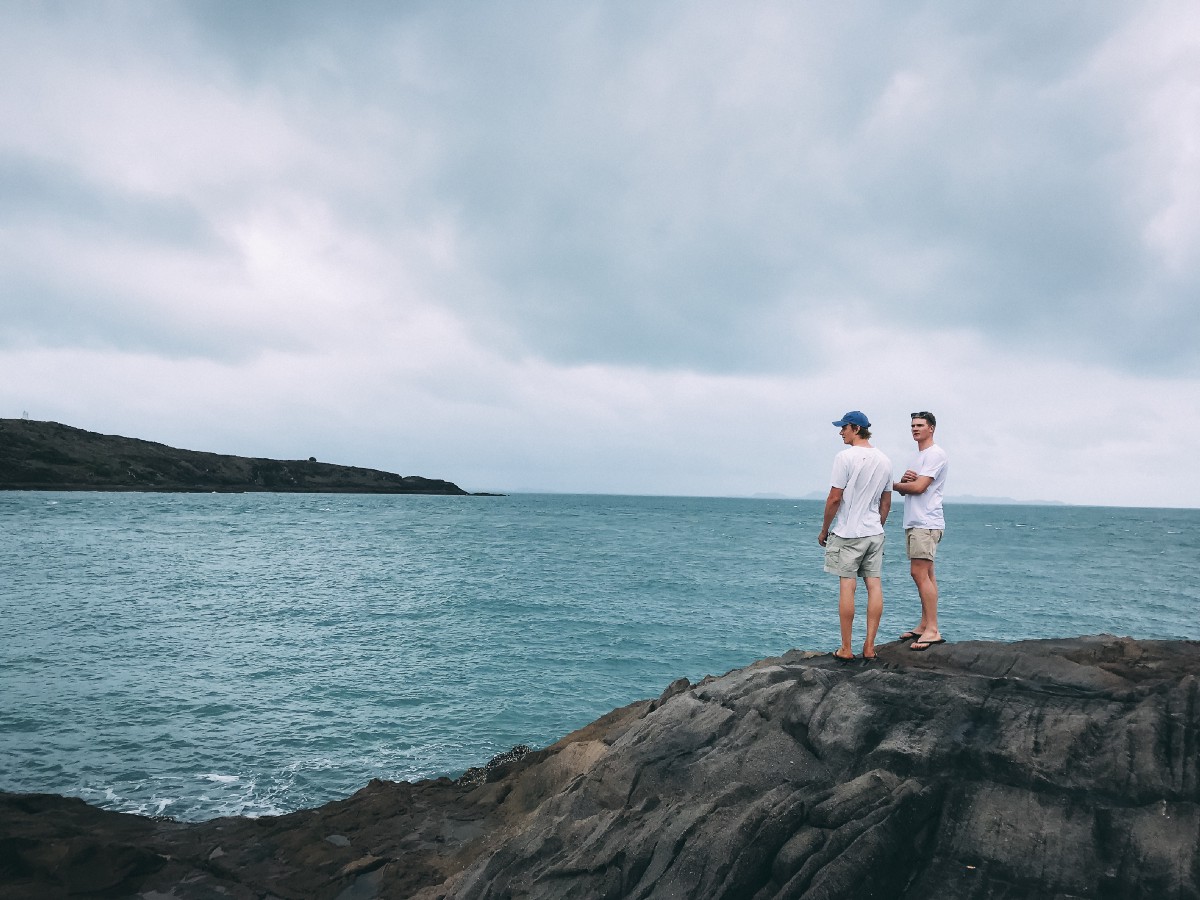
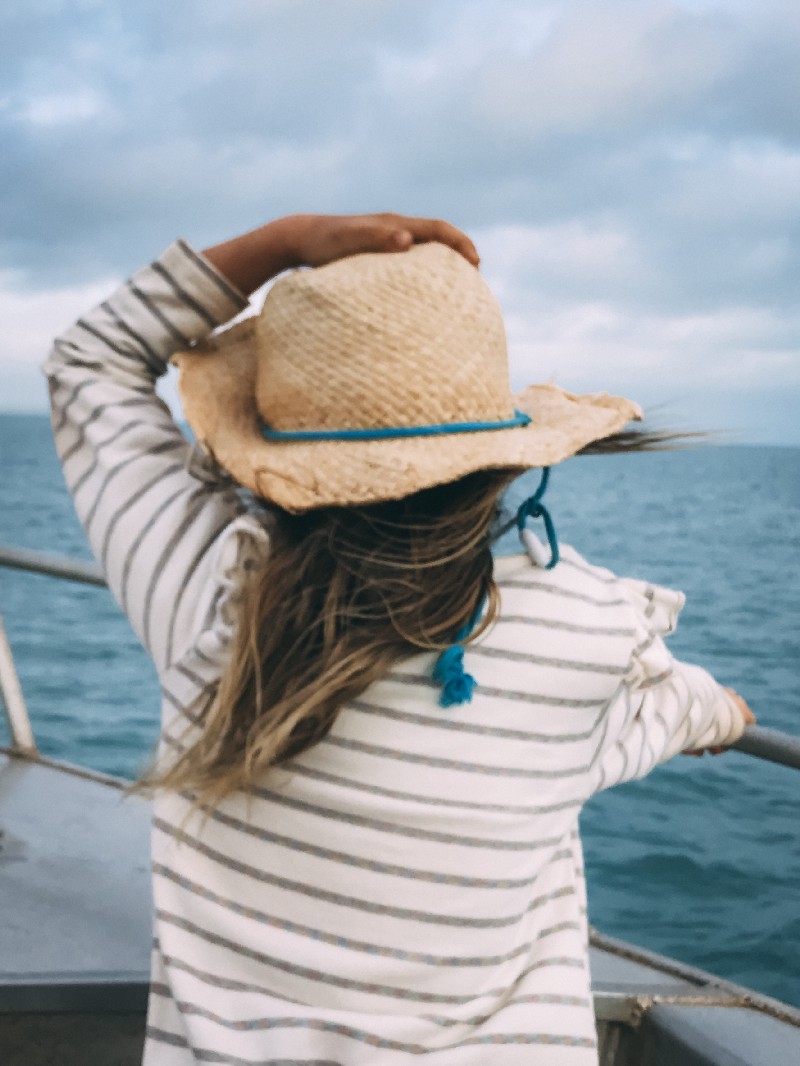
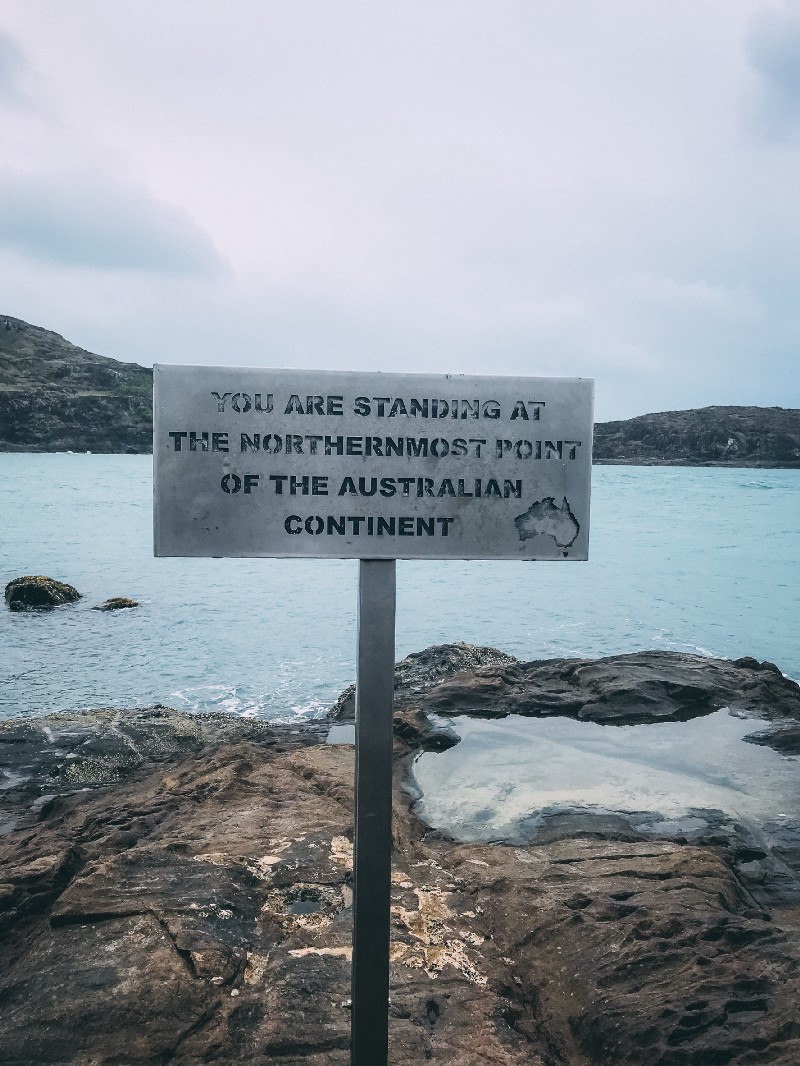
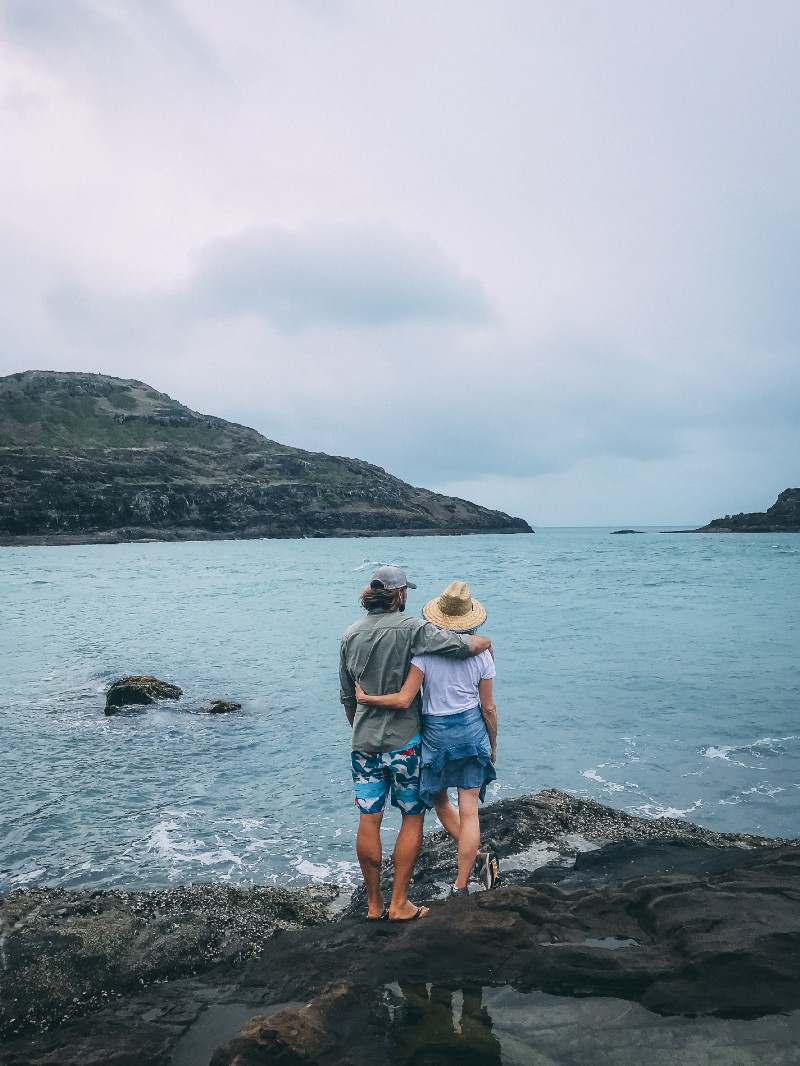
We made it to the tip!
Cape York Camping Tips
- Look out for crocodiles and snakes, all of the rivers throughout the Cape are signed with crocodile warnings. Check with the locals for safe swimming spots and if in doubt never swim! There are plenty of designated swimming spots that are safe.
- Snakes are an ever present part of the Aussie bush so be aware and stay vigilant. We saw a lot of snakes but had no issues.
- It is advisable to book your camping spots ahead of time by jumping on the Queensland website before you arrive.
- 4×4 proficiency is not a prerequisite as you can bypass the Old Telegraph road, however people should feel comfortable driving on long, corrugated dirt roads. You do need to watch out for road trains and drive with headlights on (even in daylight hours) because the huge amount of dust makes it difficult to see beyond them.
- The cattle stations are well fuelled with rest stops and we only took 20 litres of emergency diesel. A few spare tires are more important!
Our 4×4 Camping Essentials
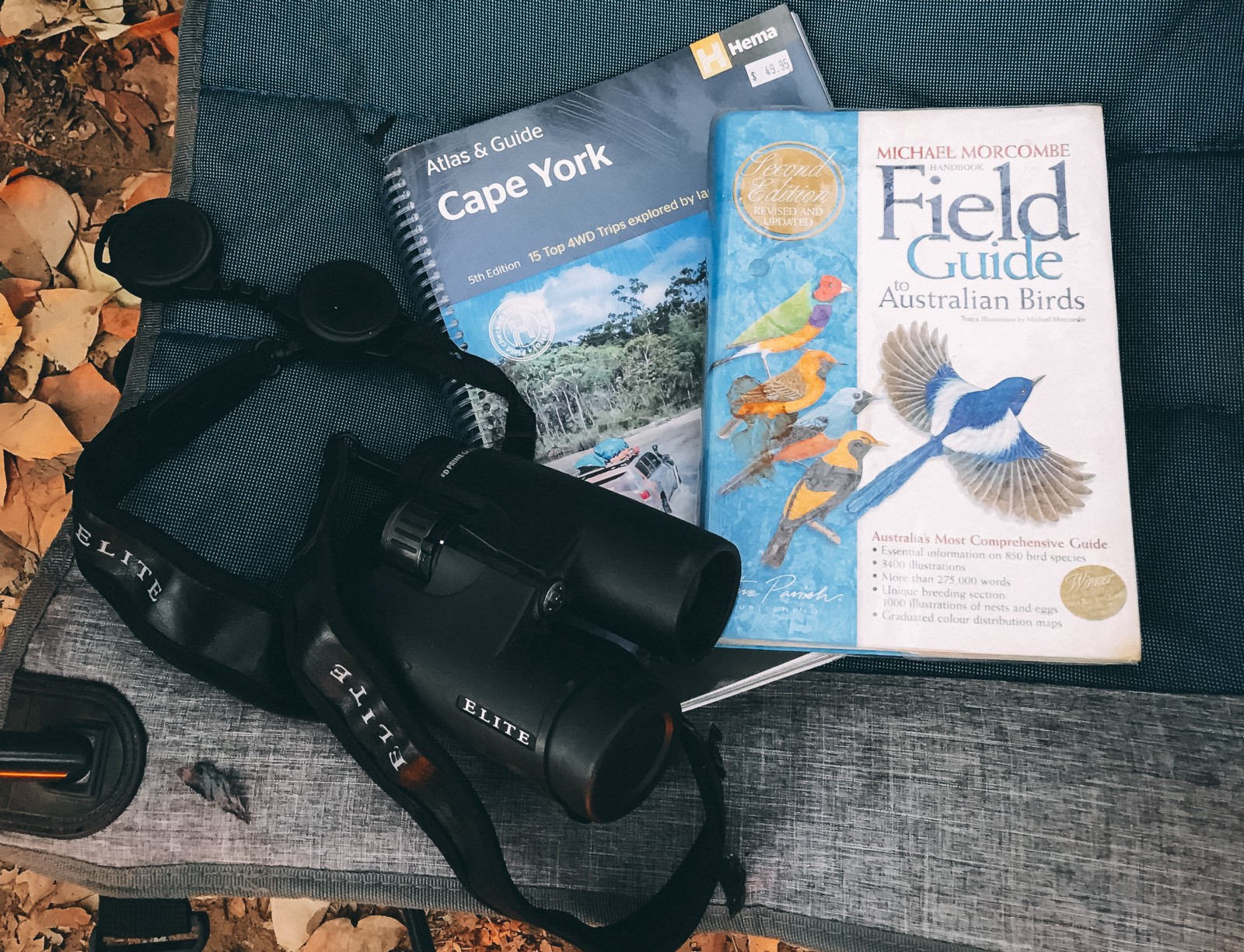
- A really comfortable camp chair
- An Australian bird book
- A good 4×4 map book as there is no reception
- A pair of binoculars
- A head torch
